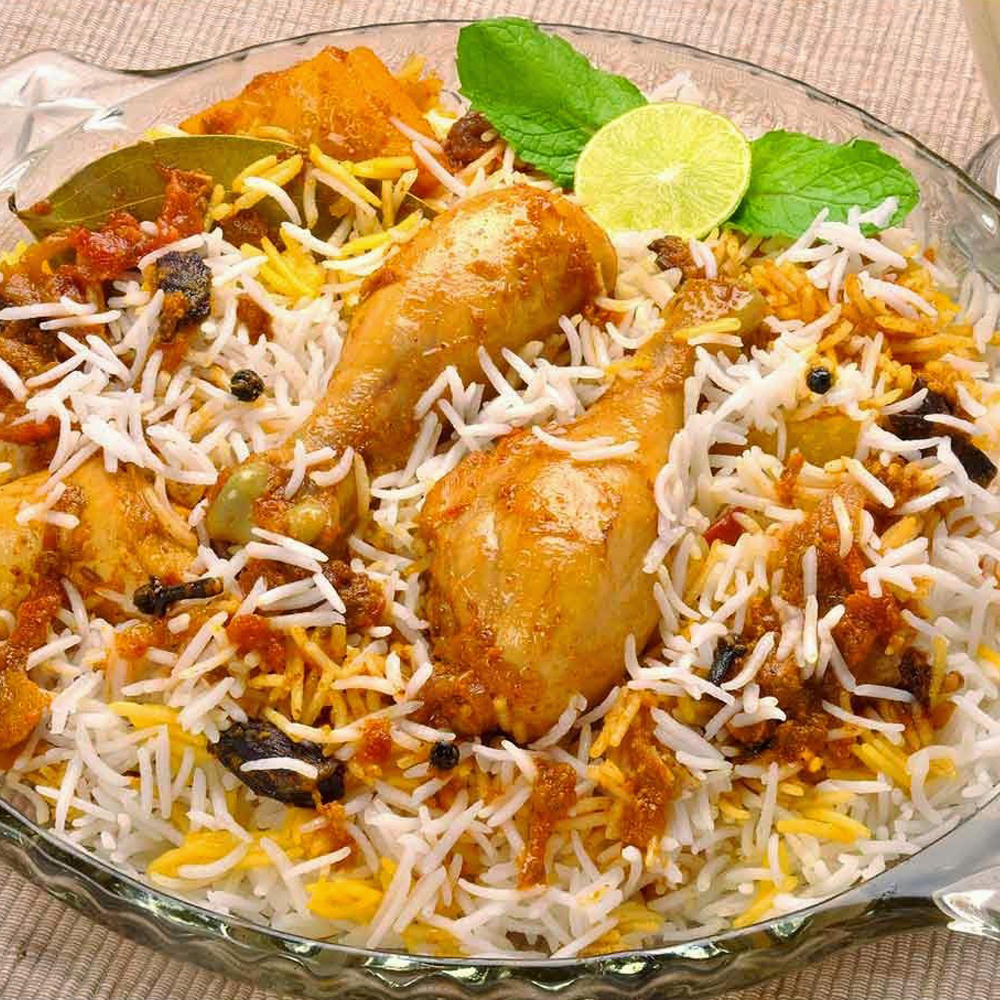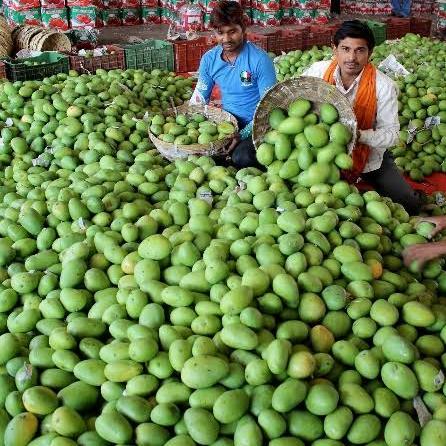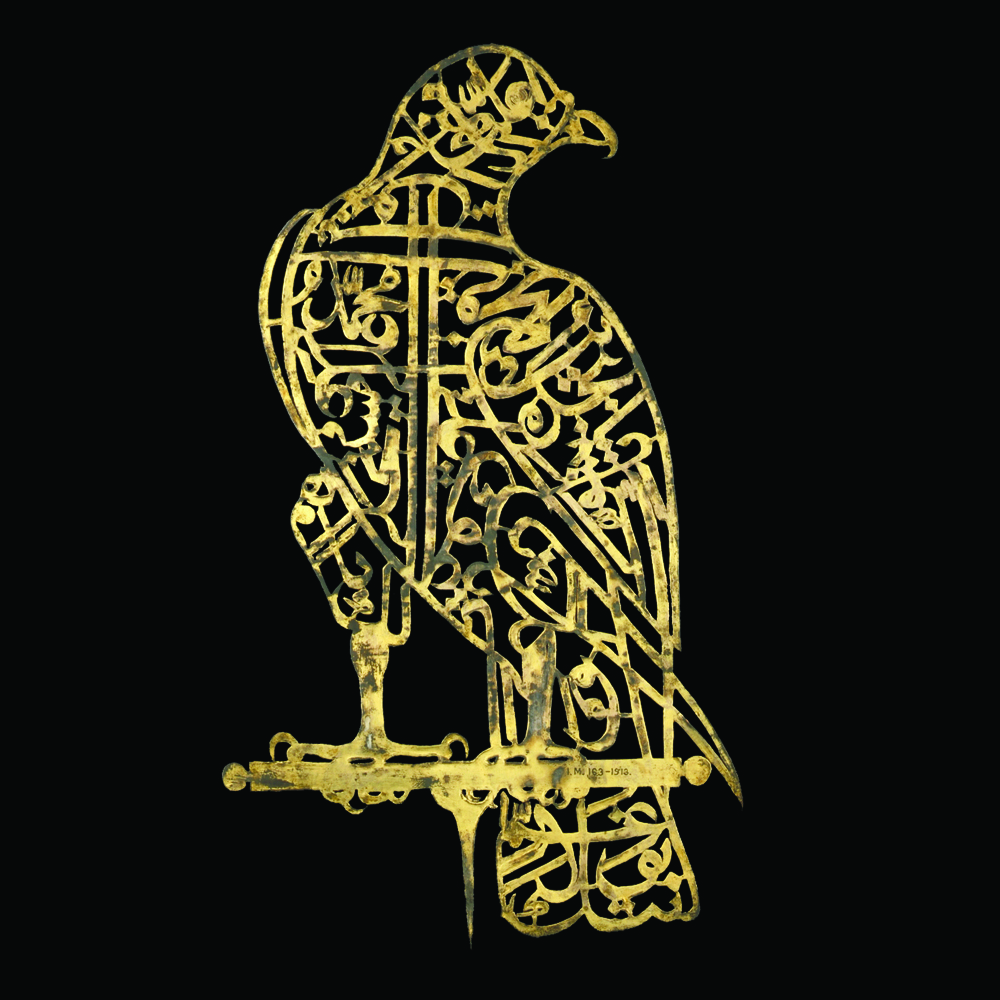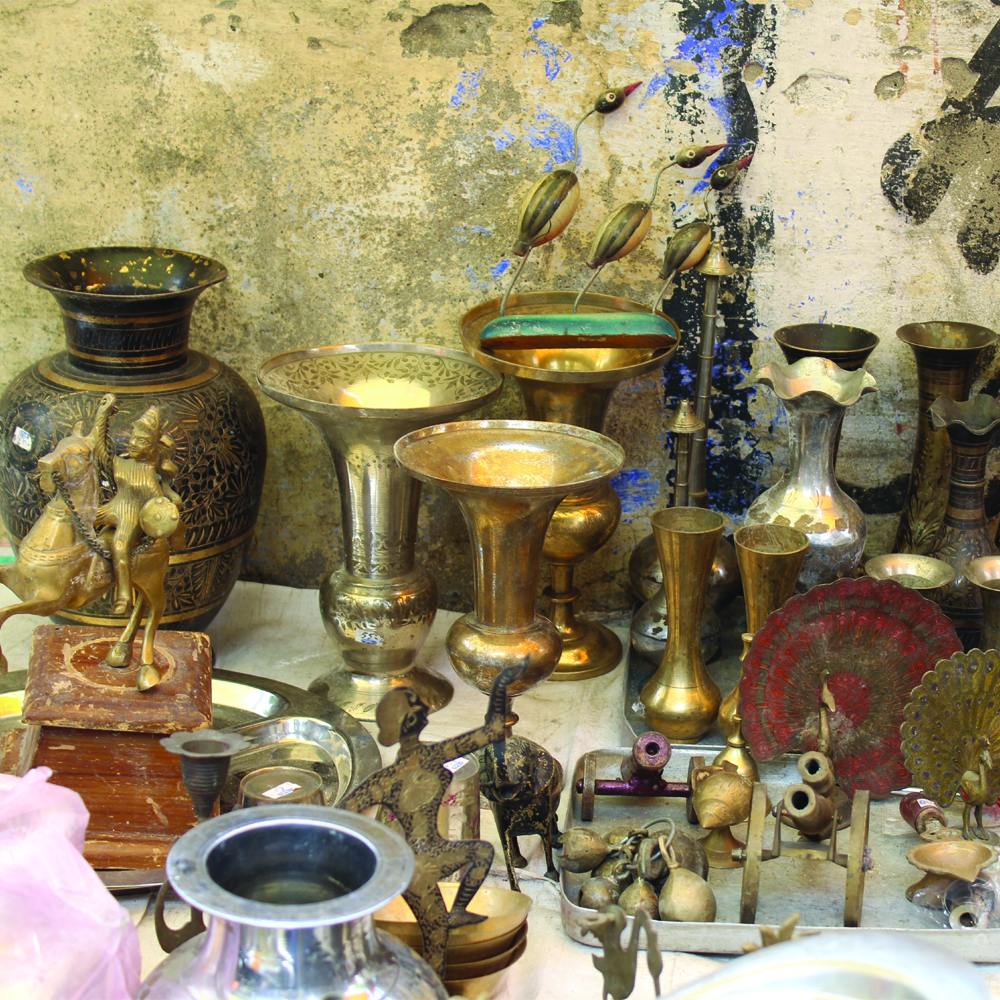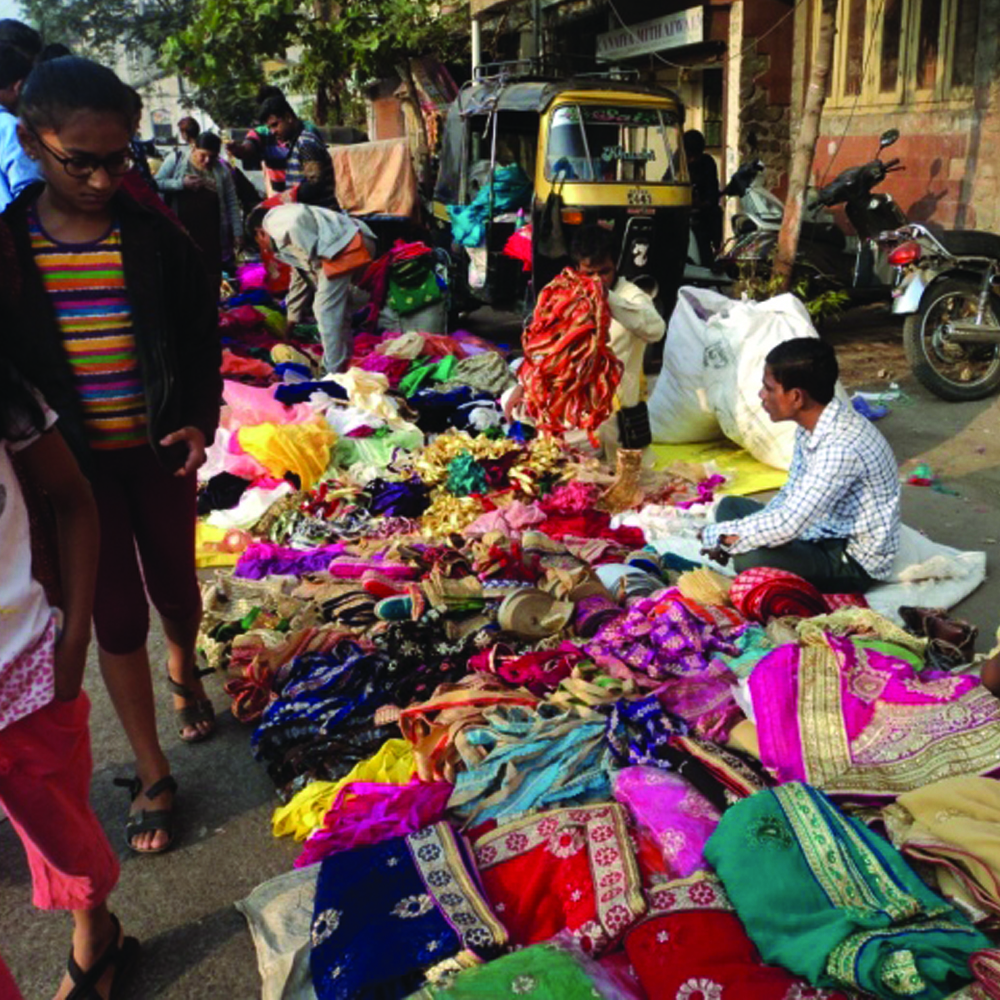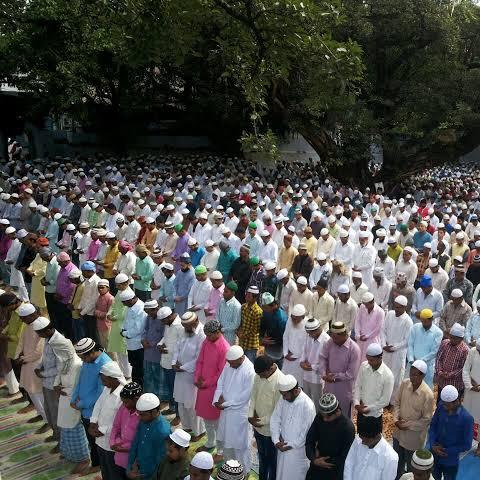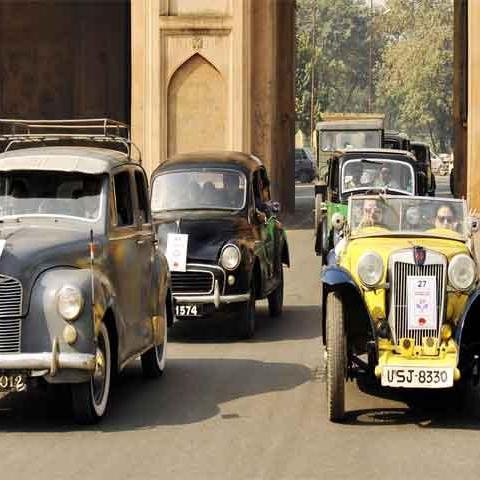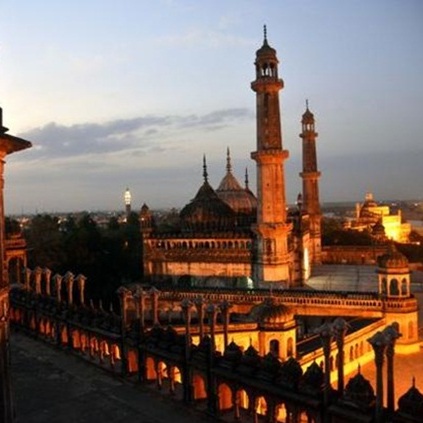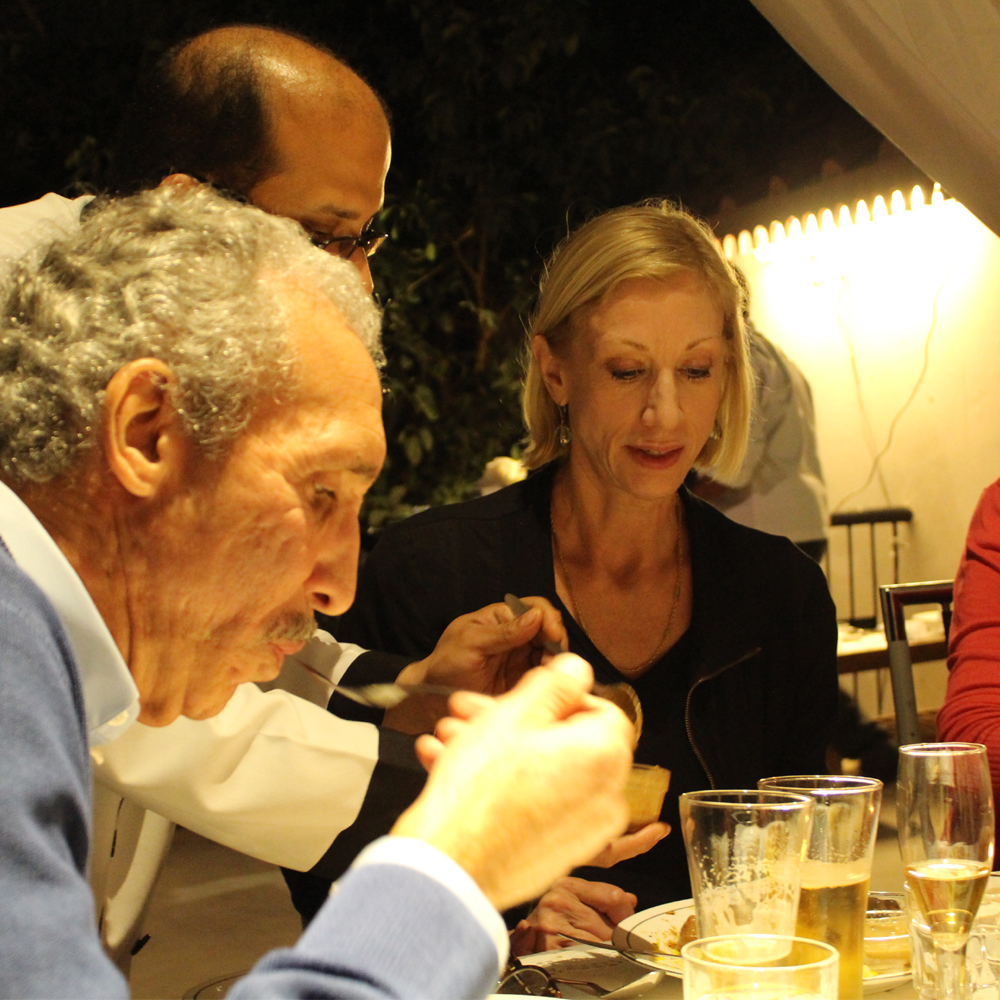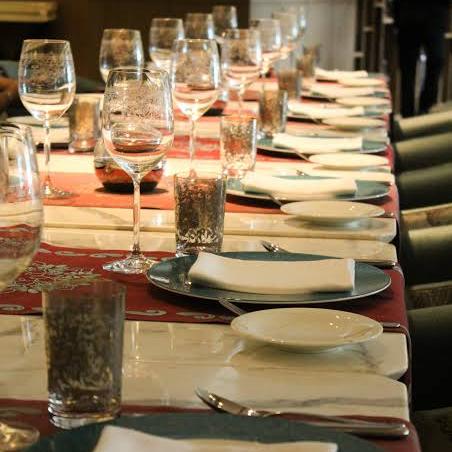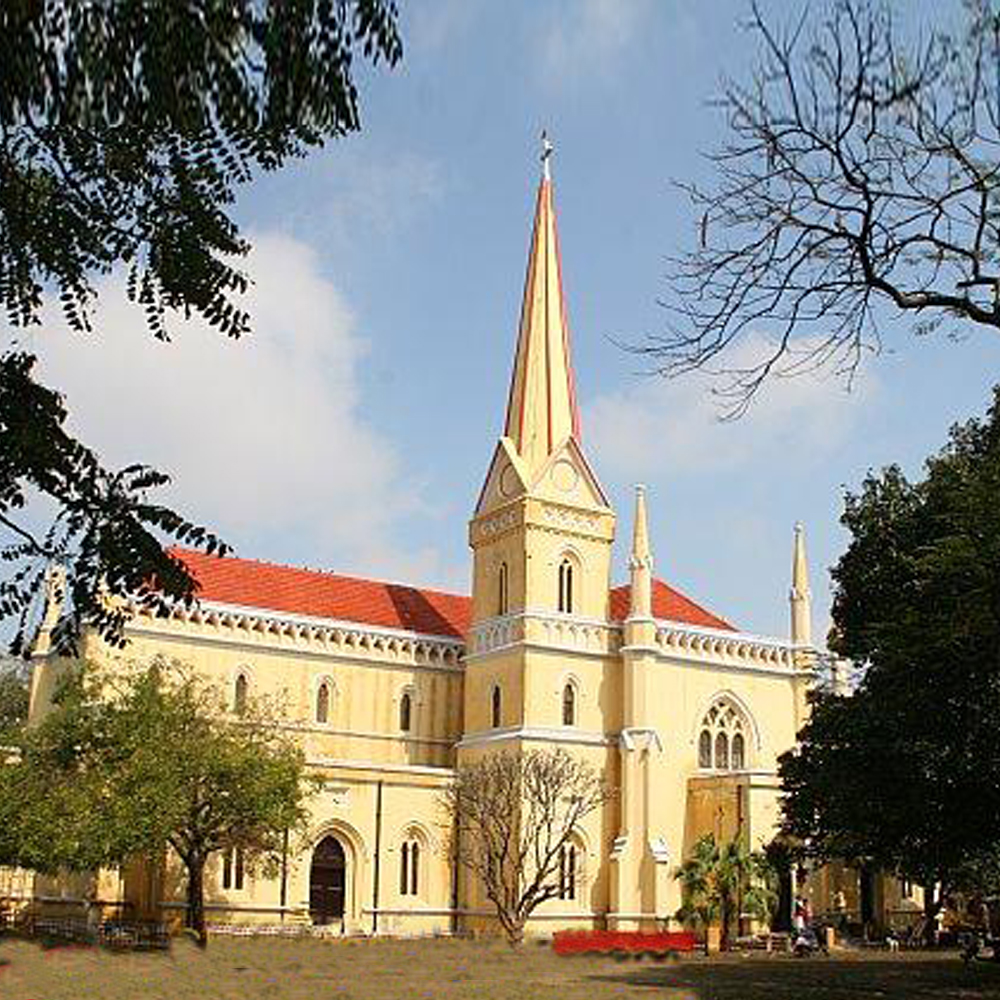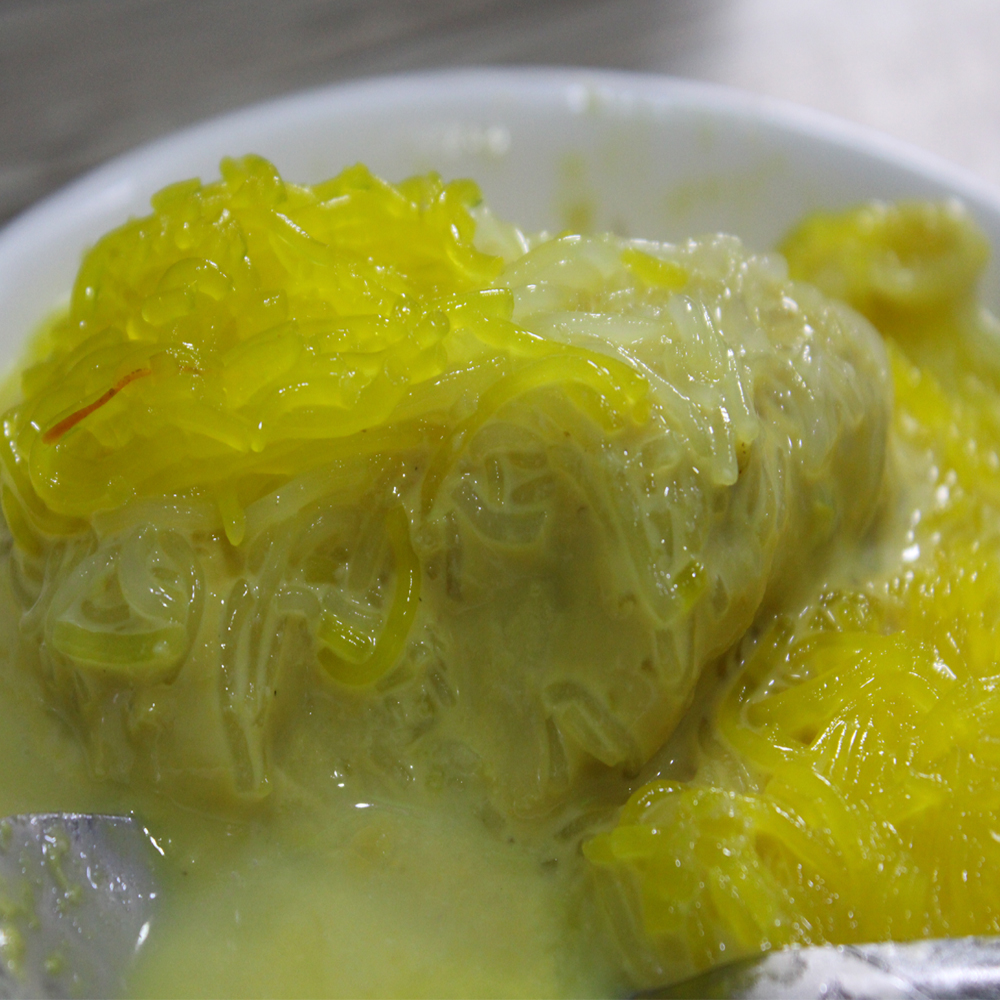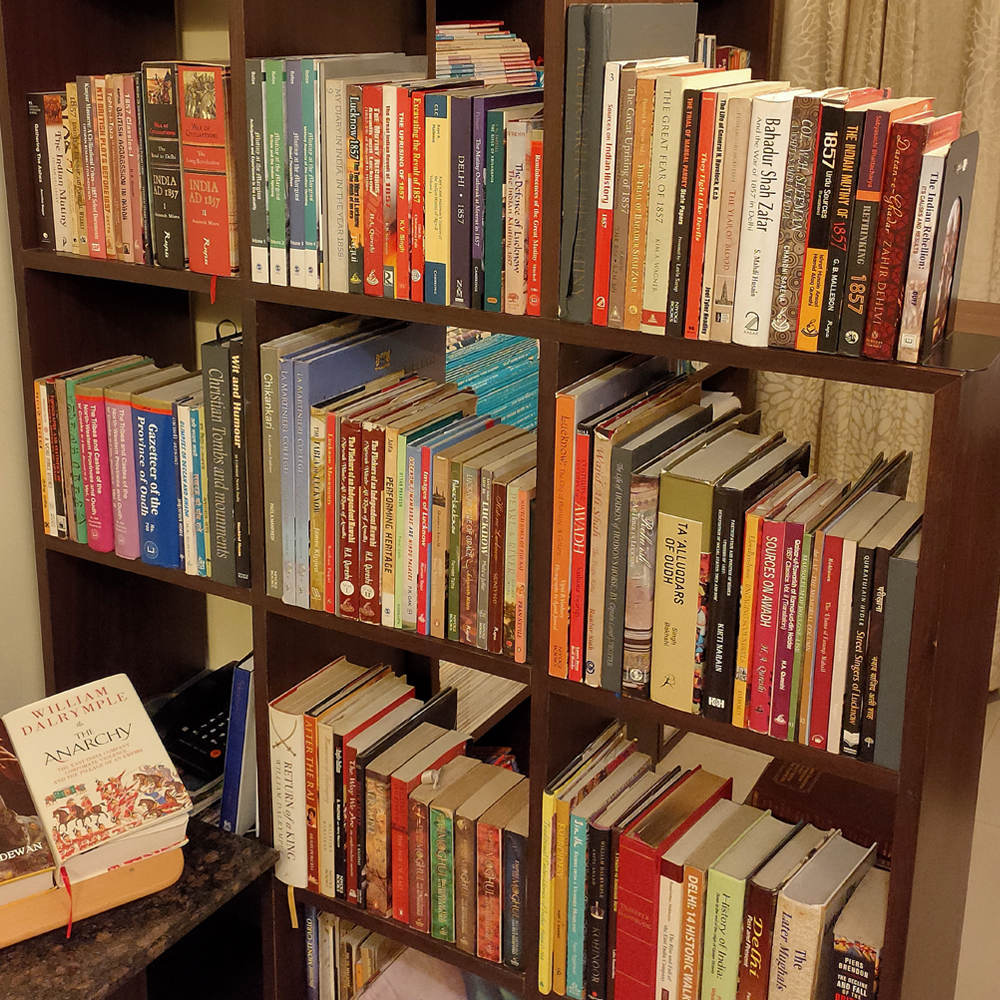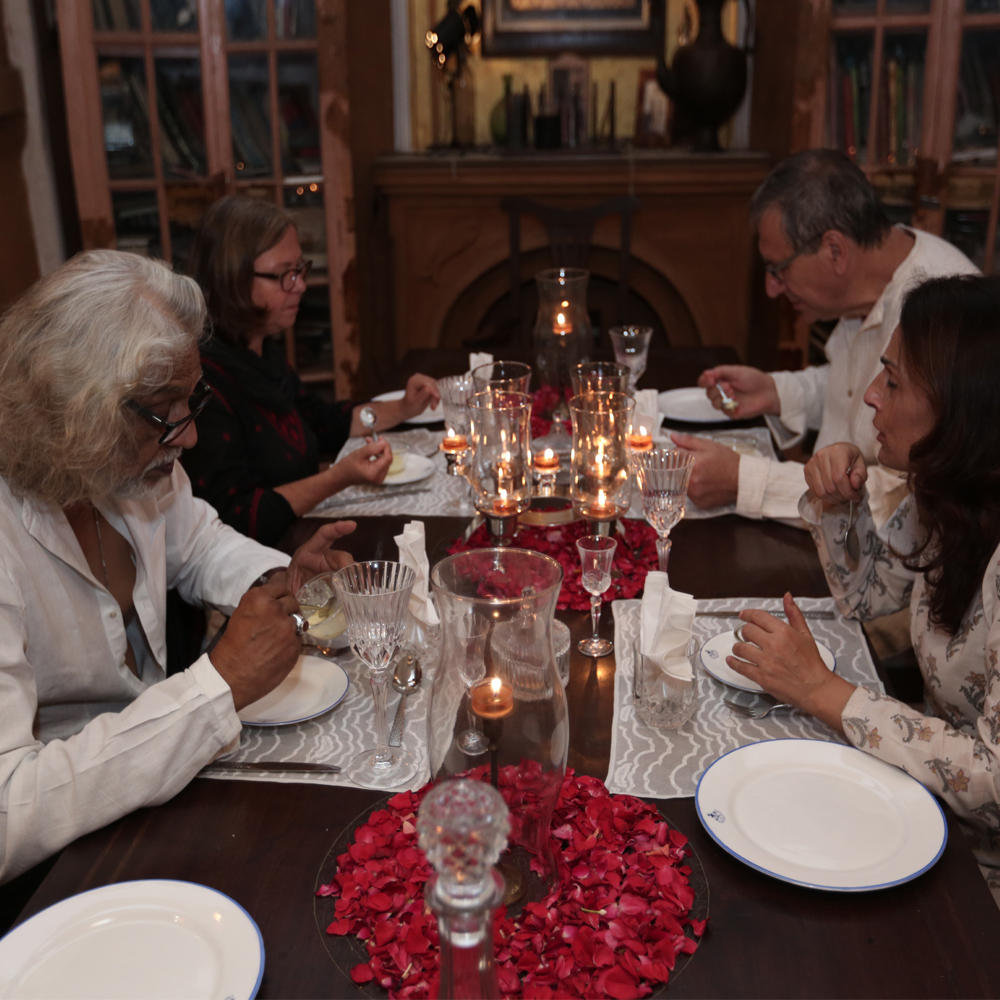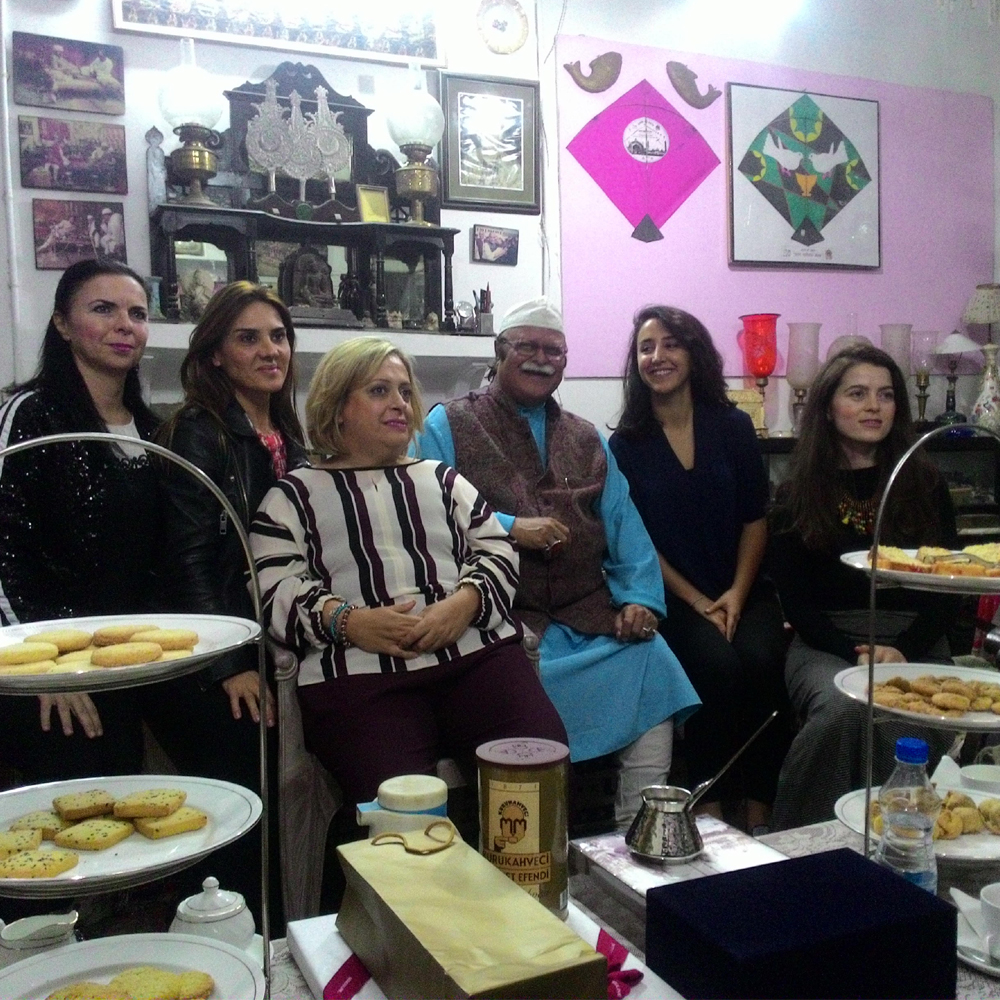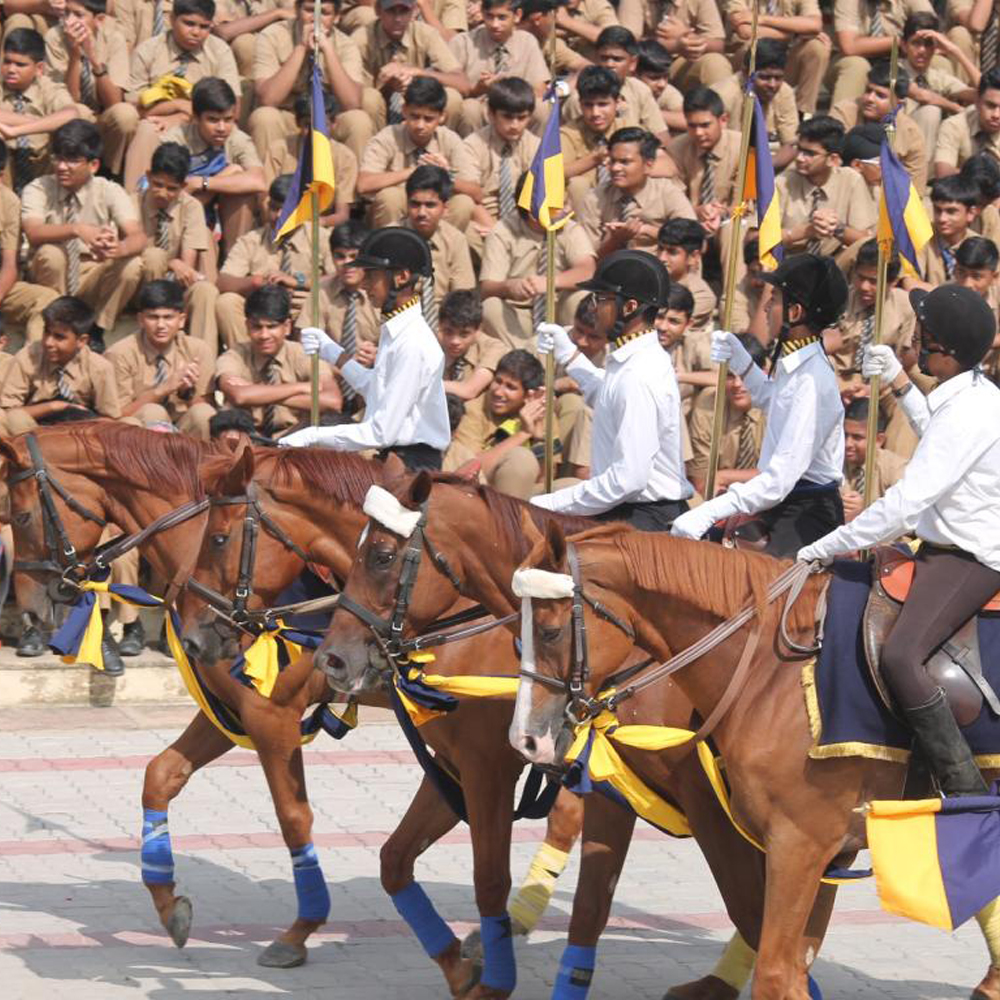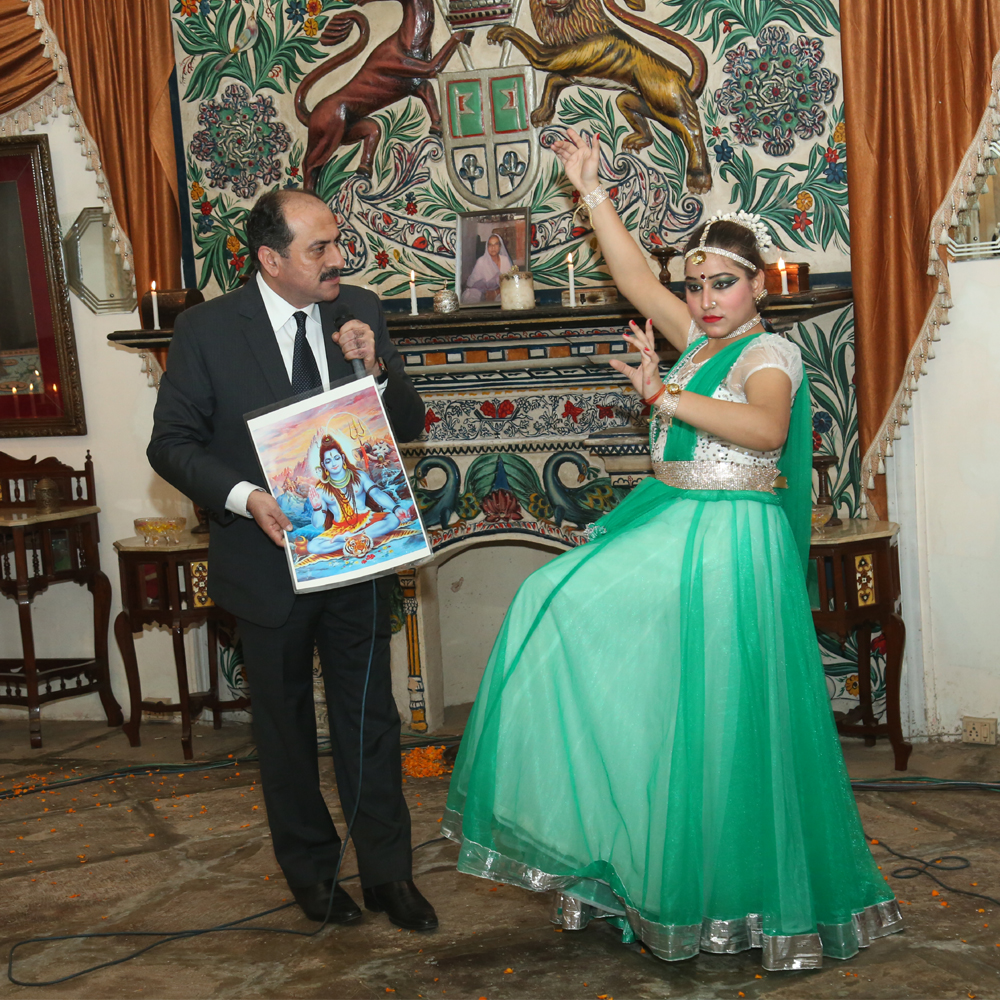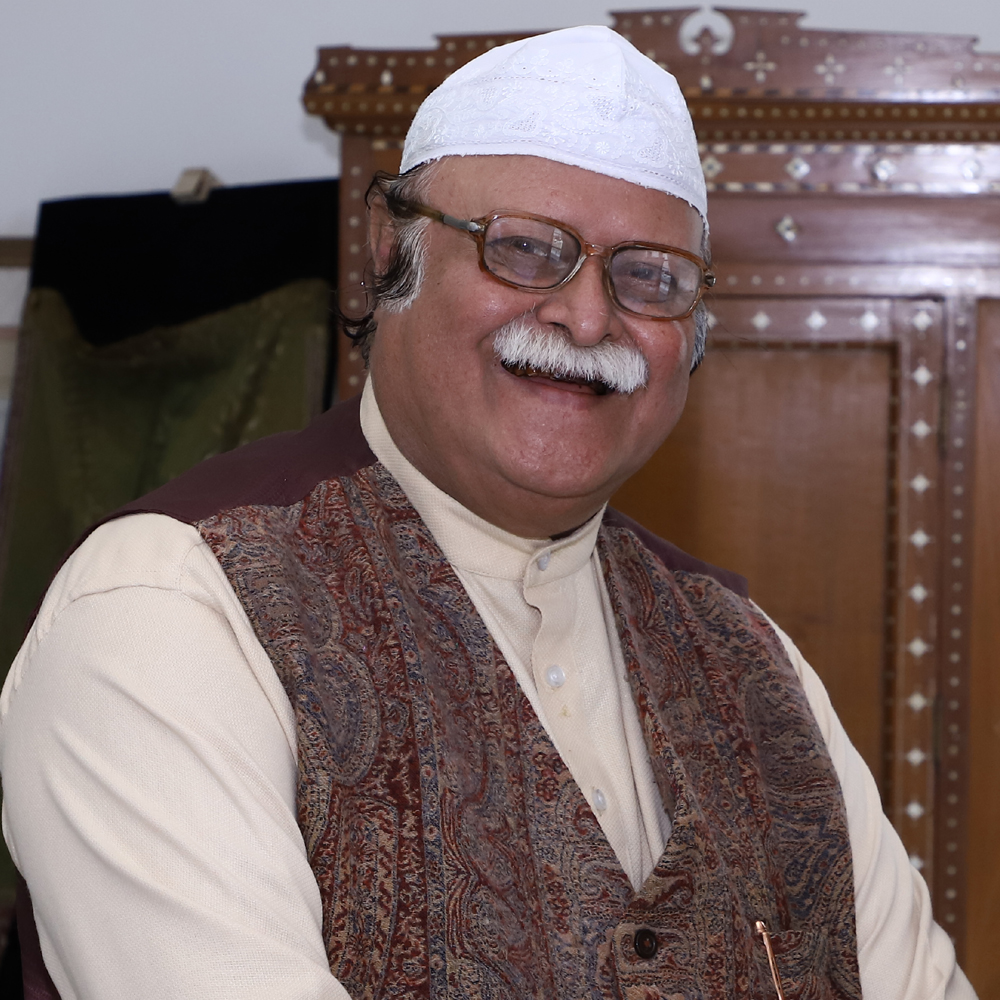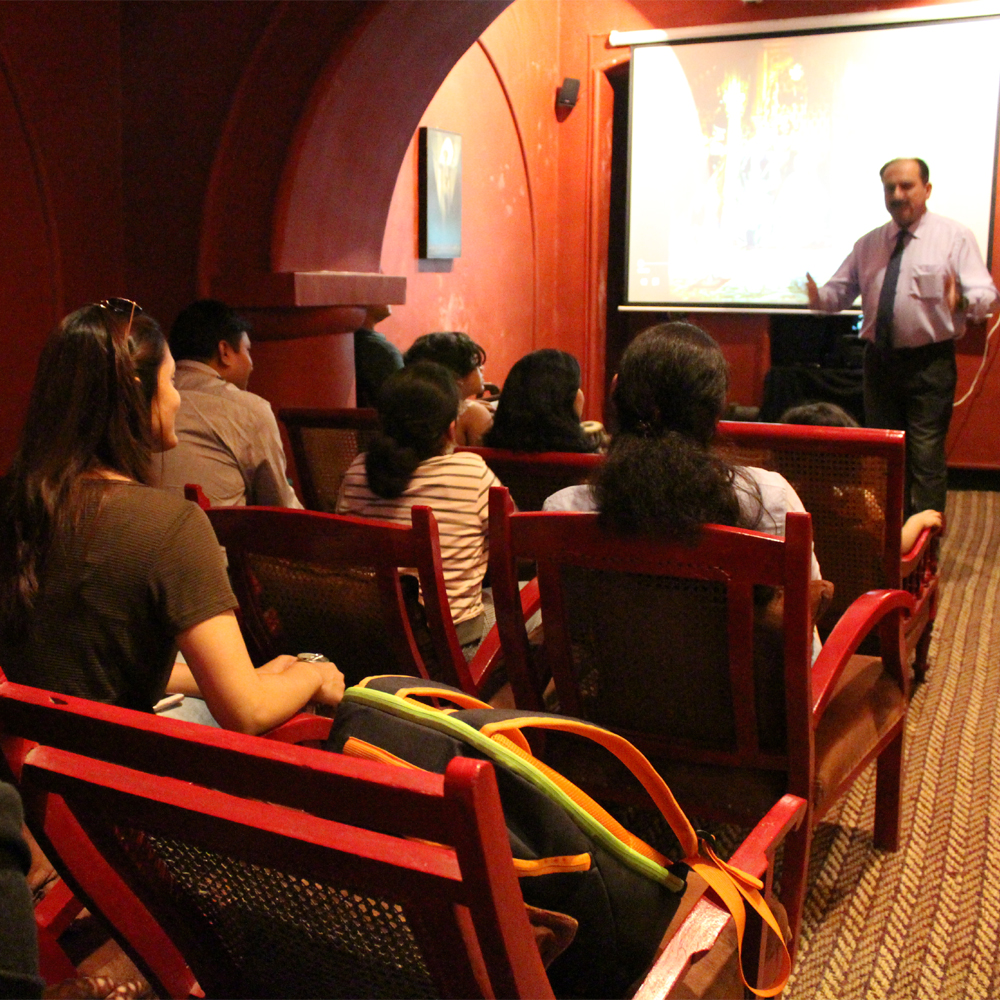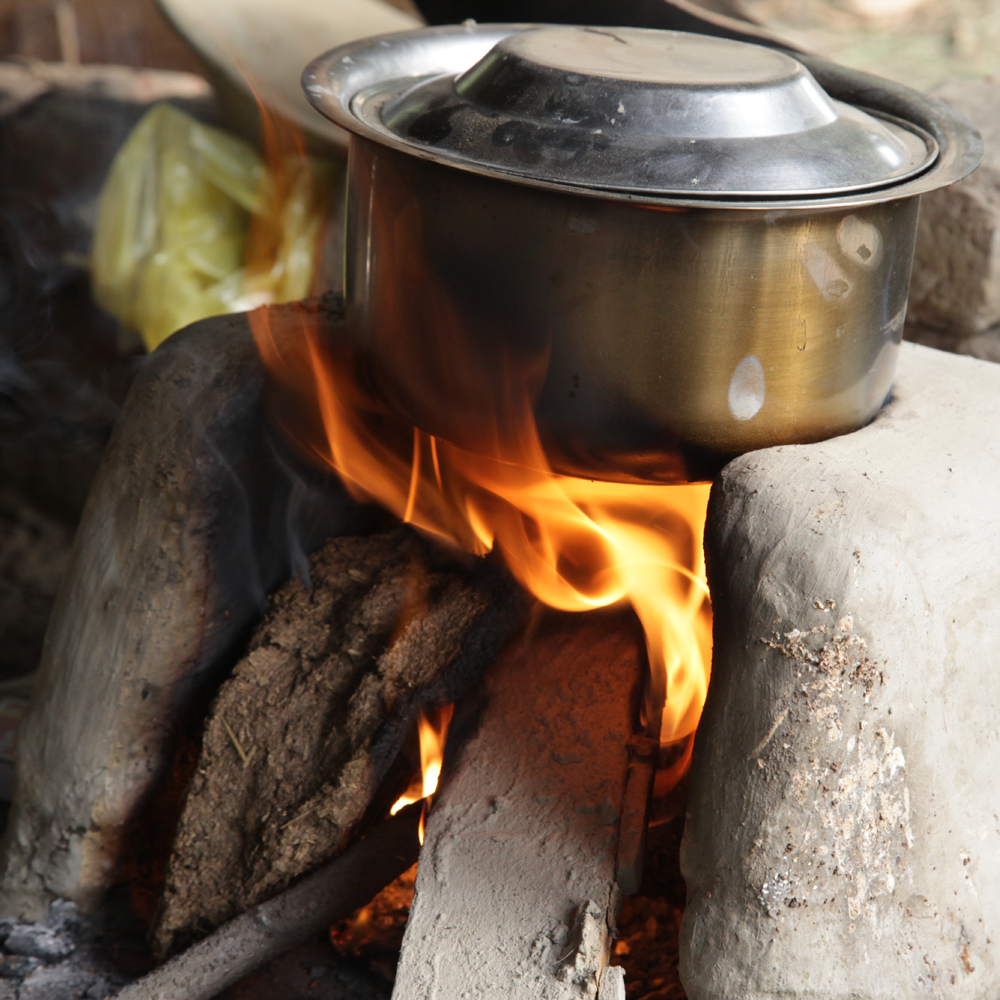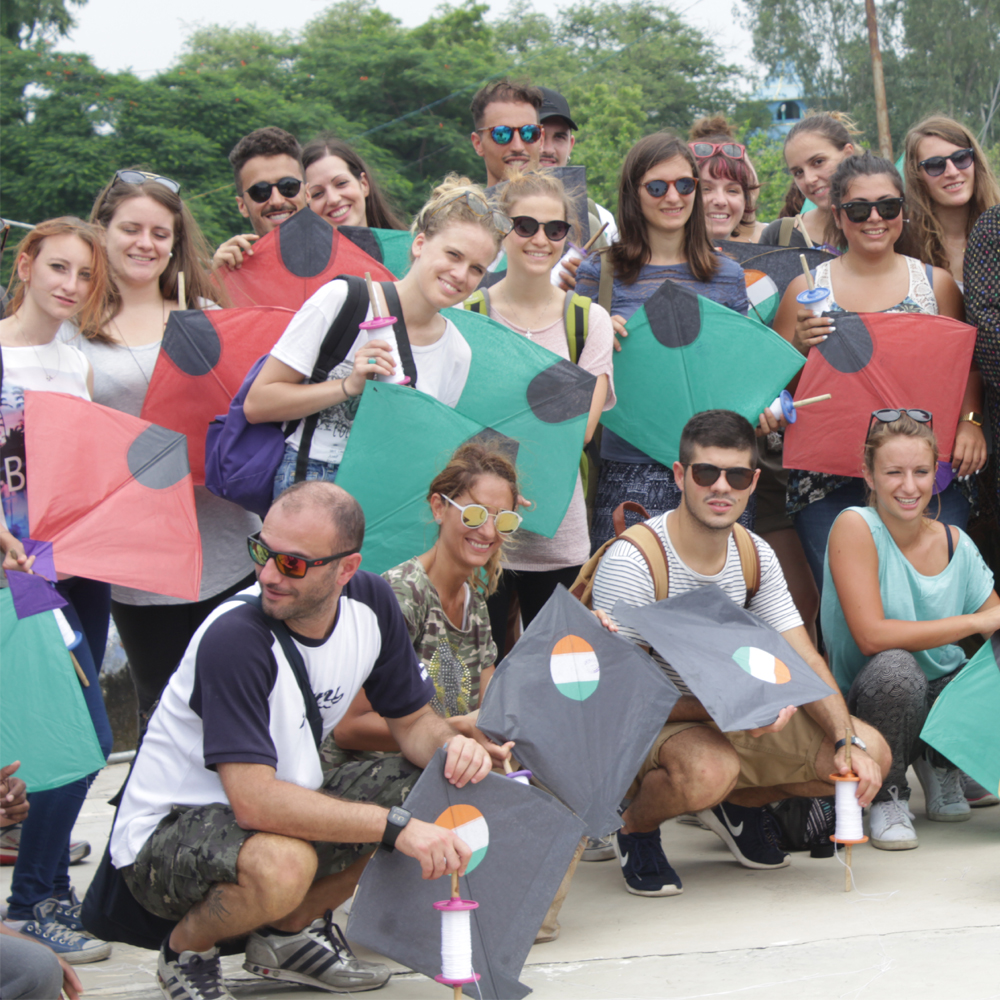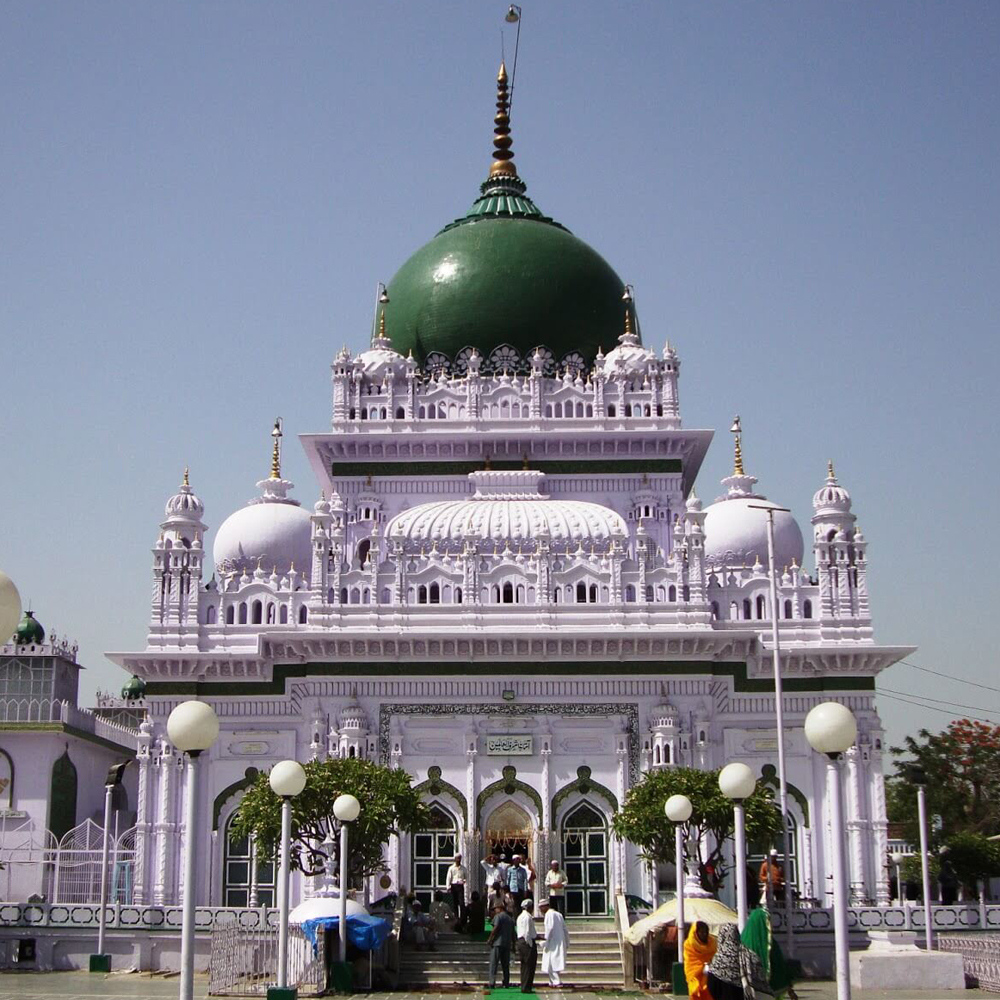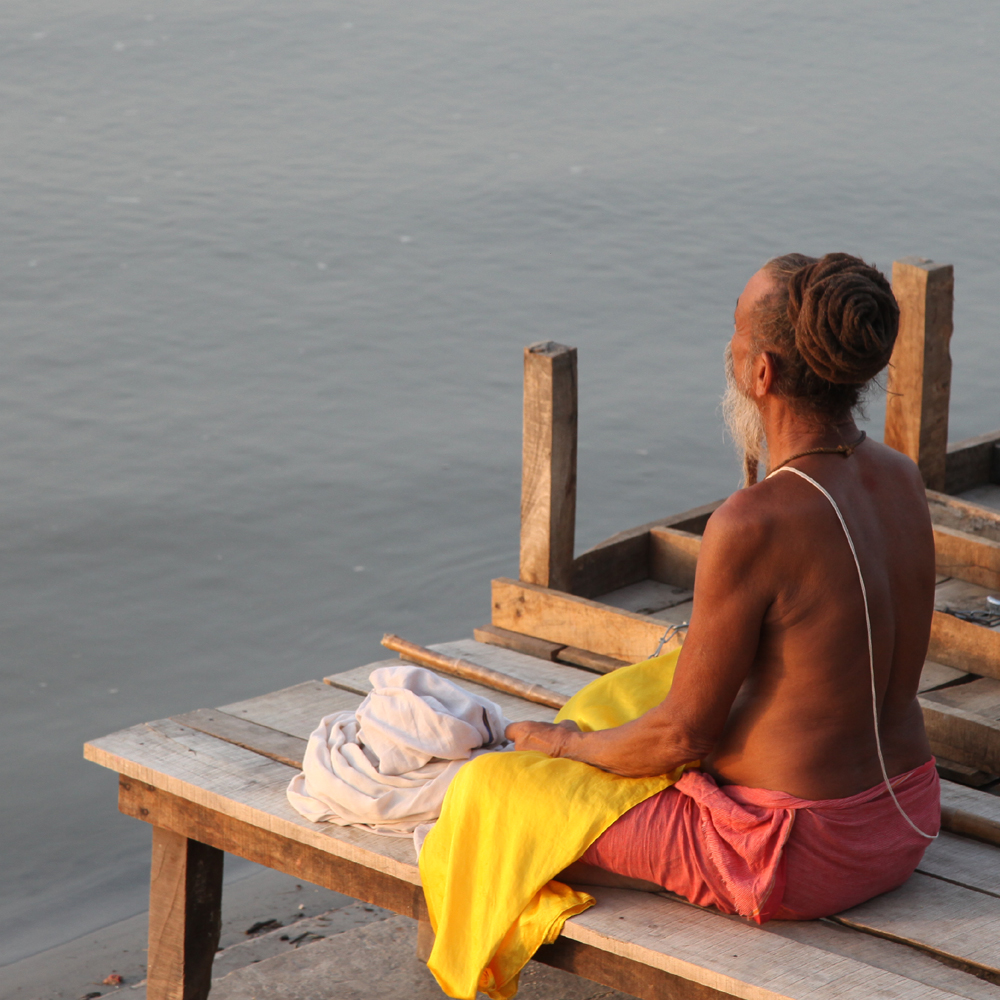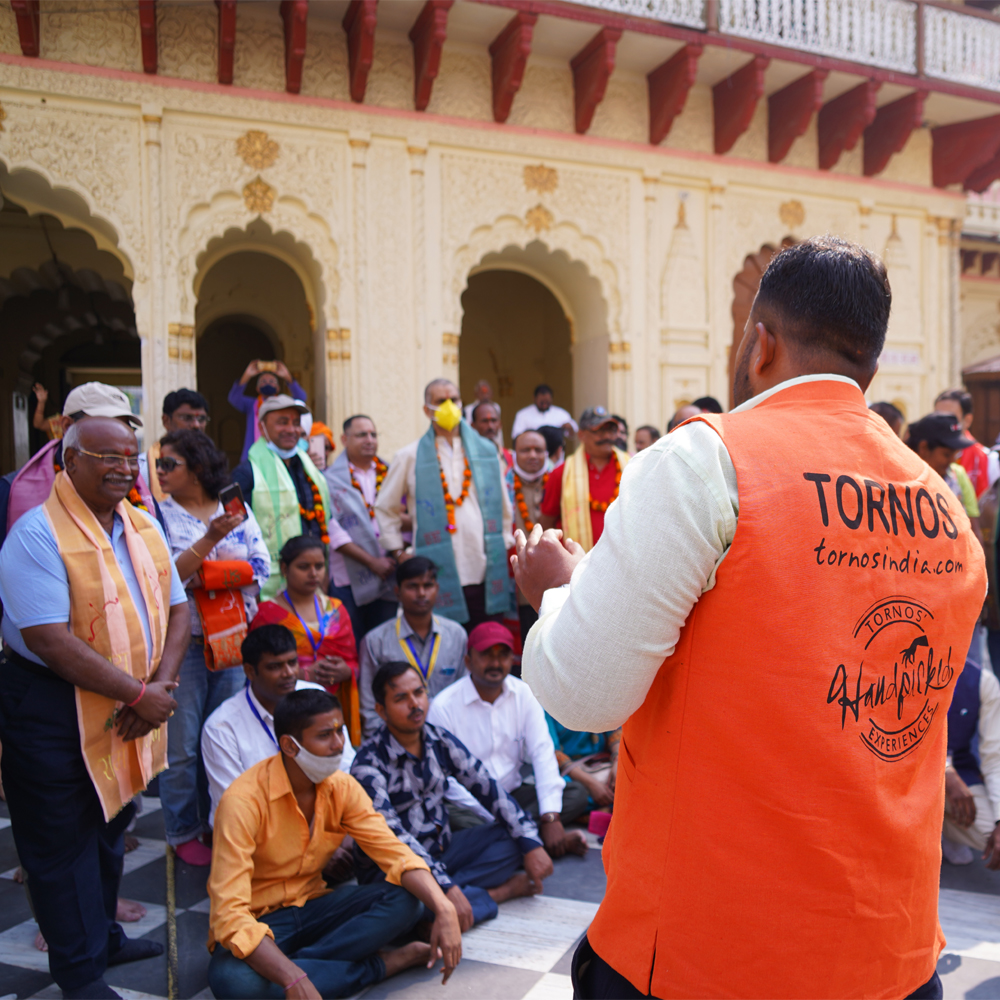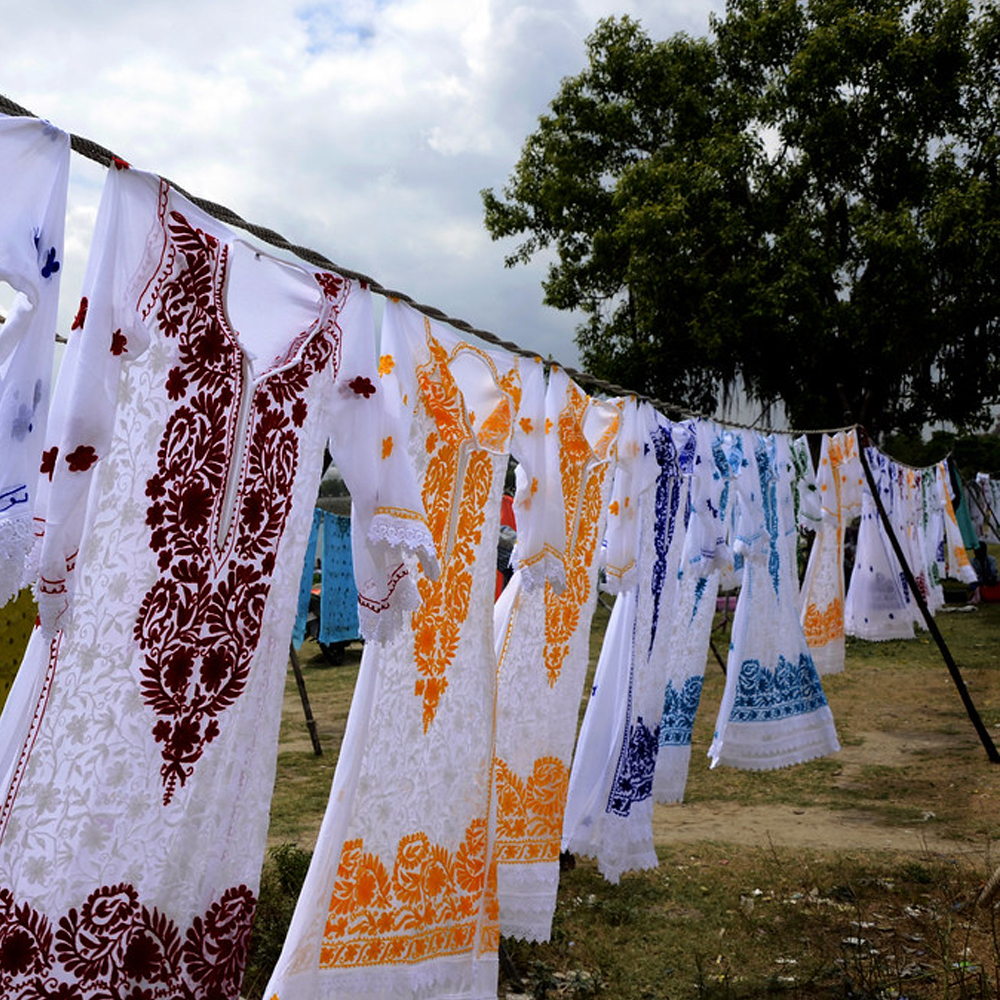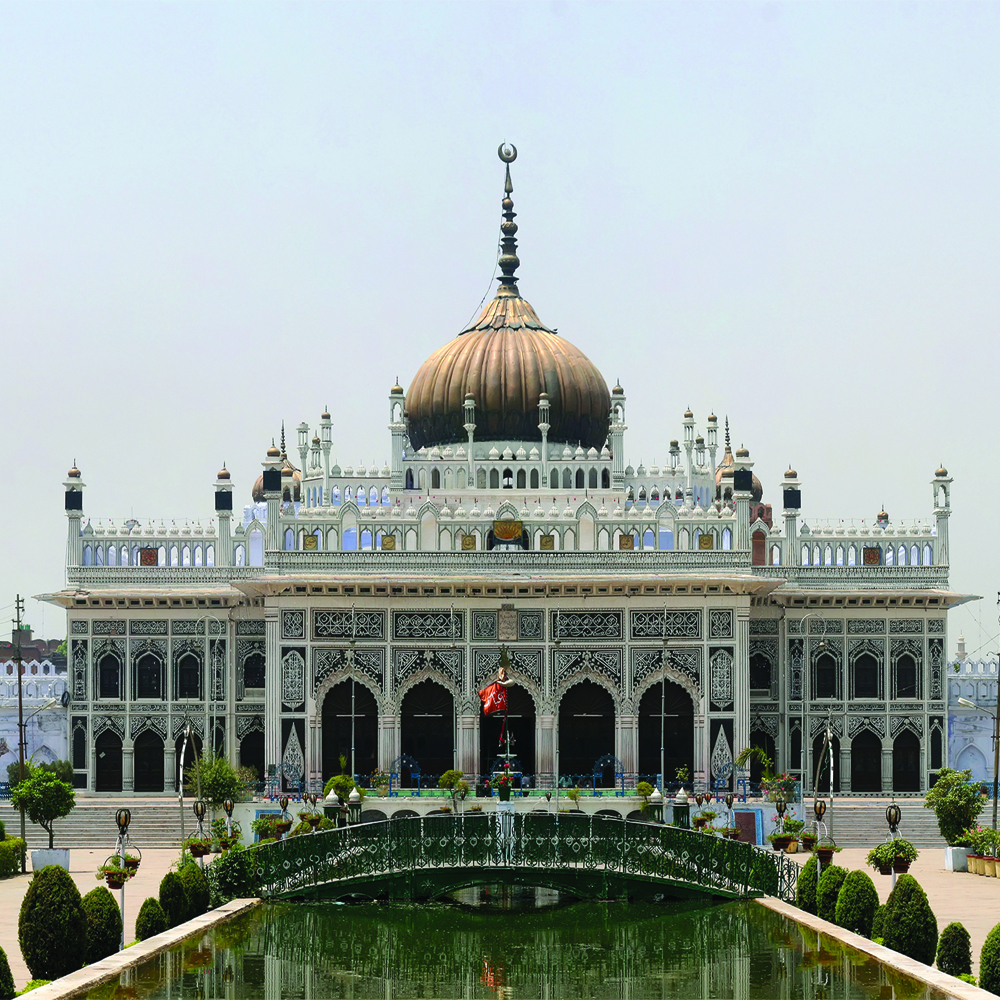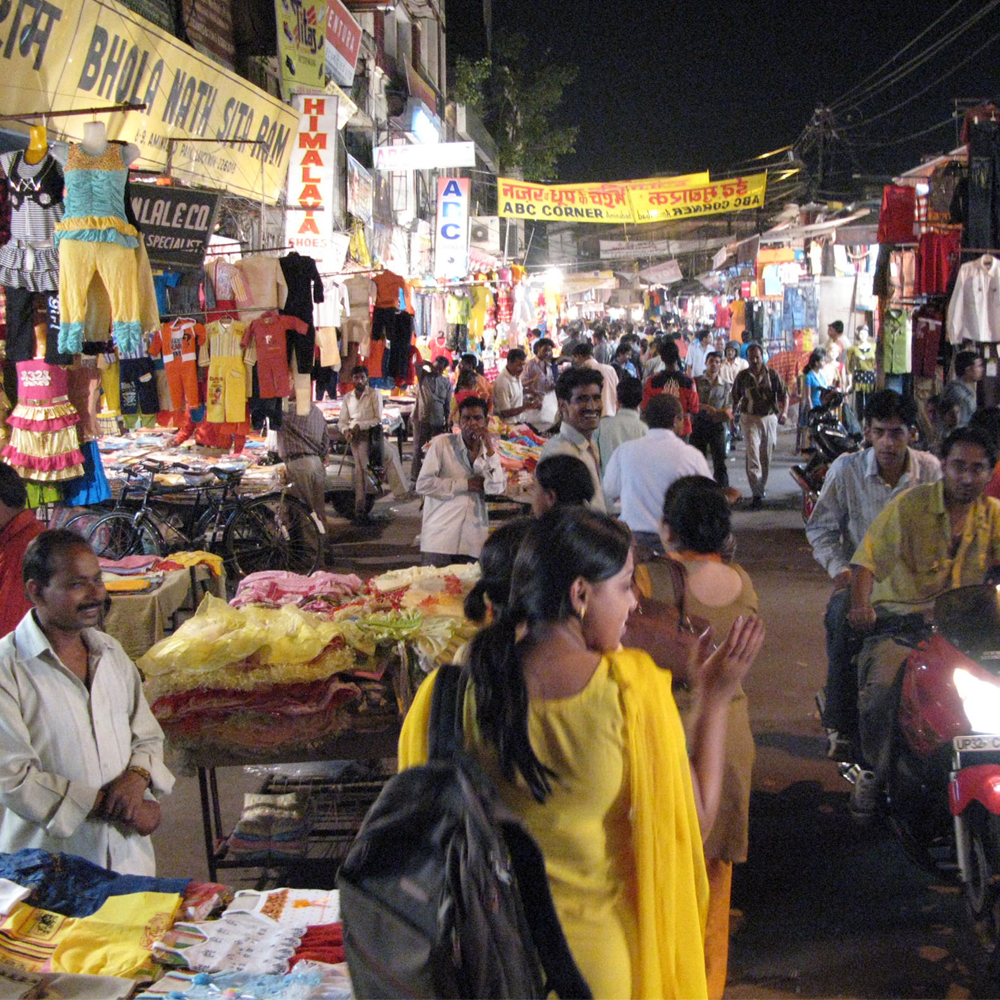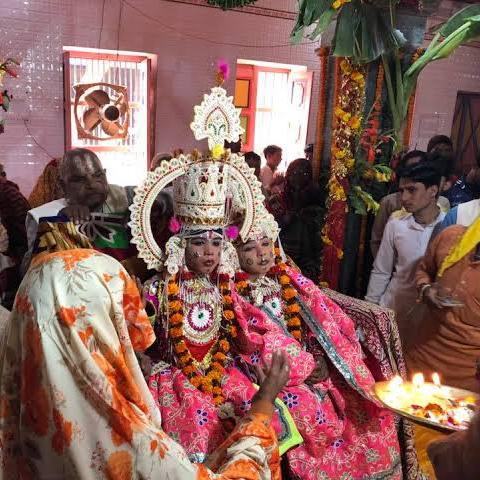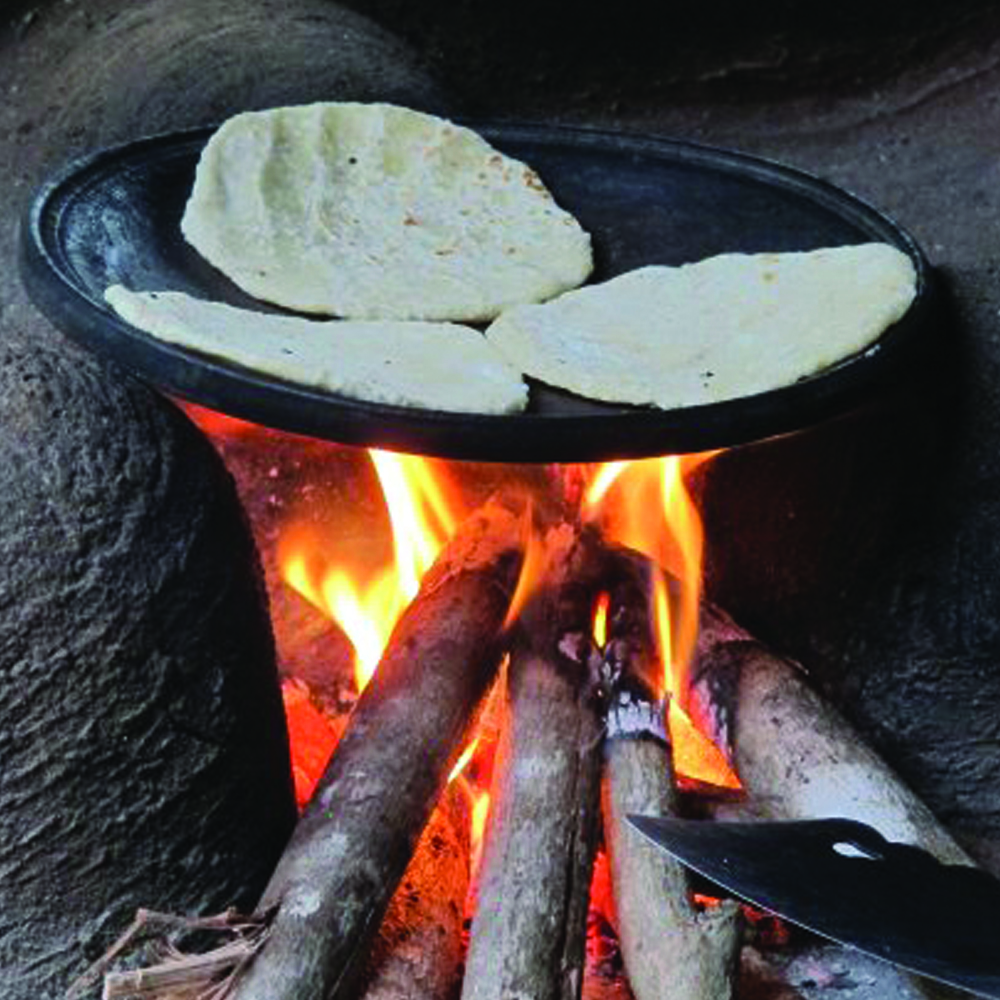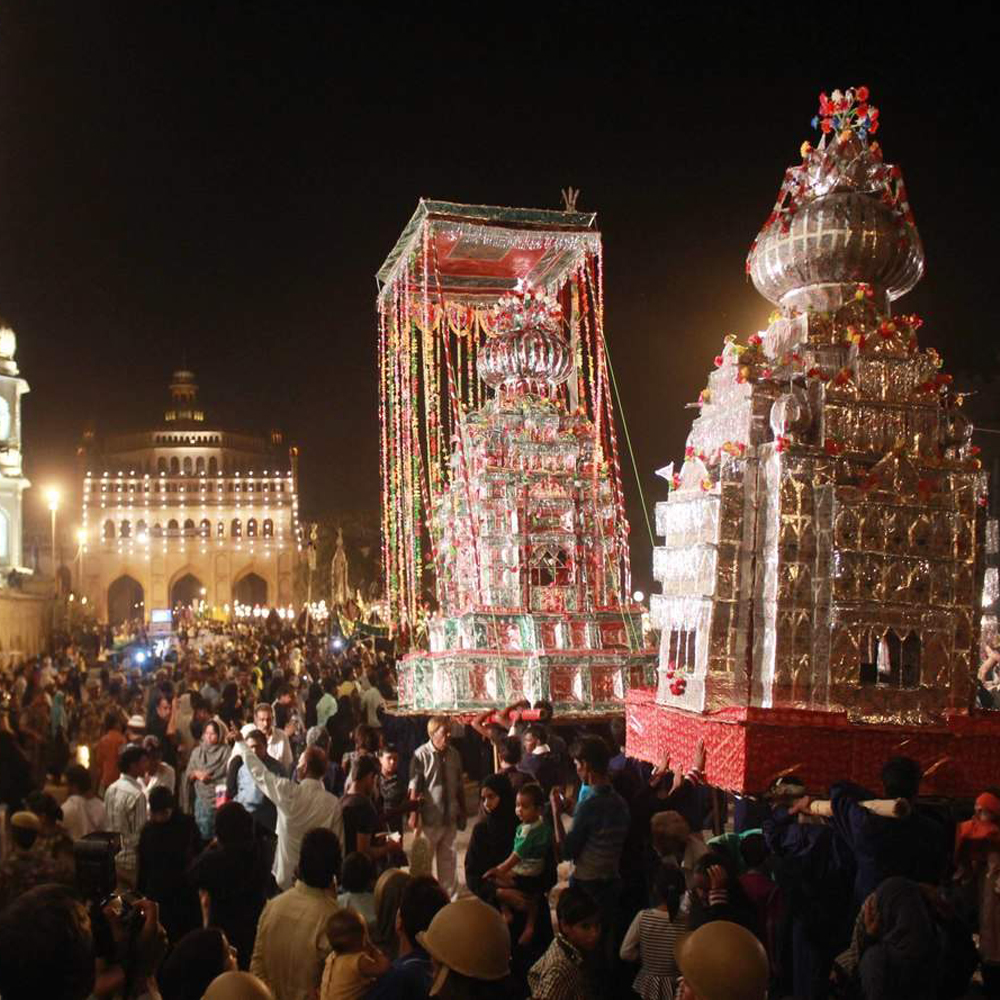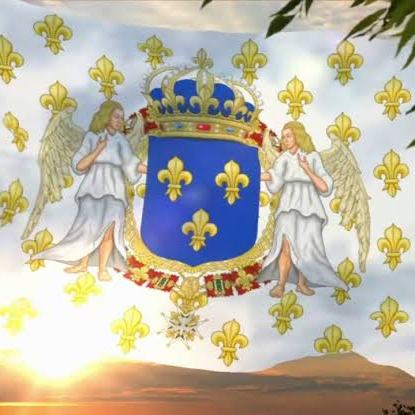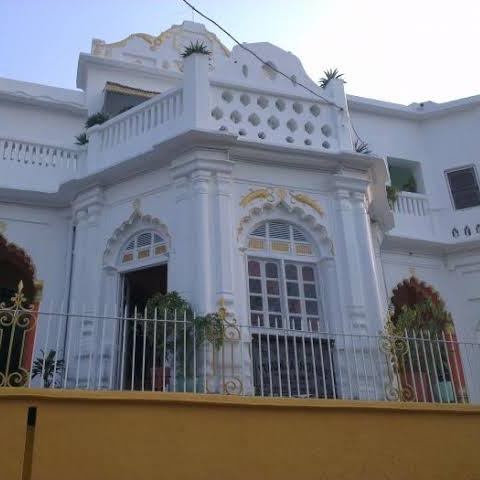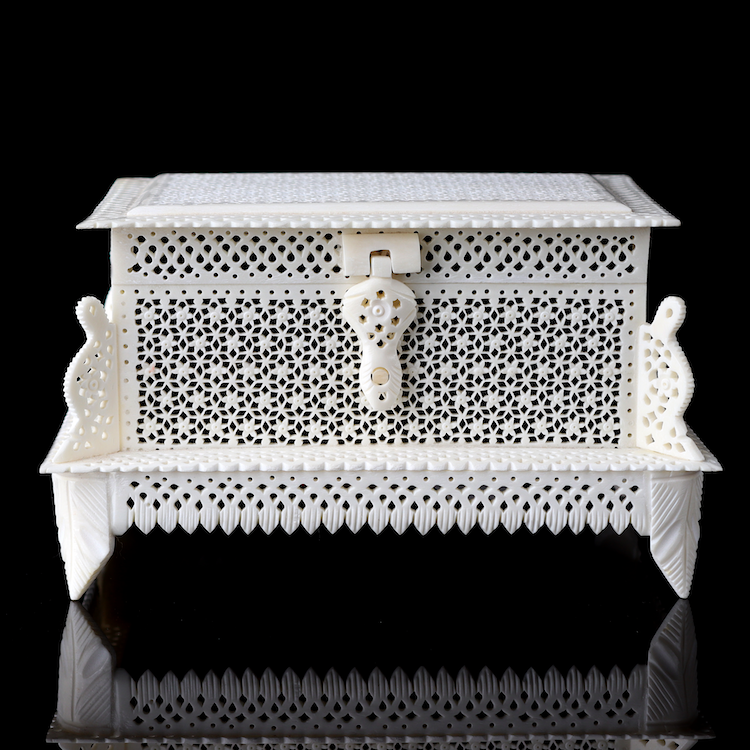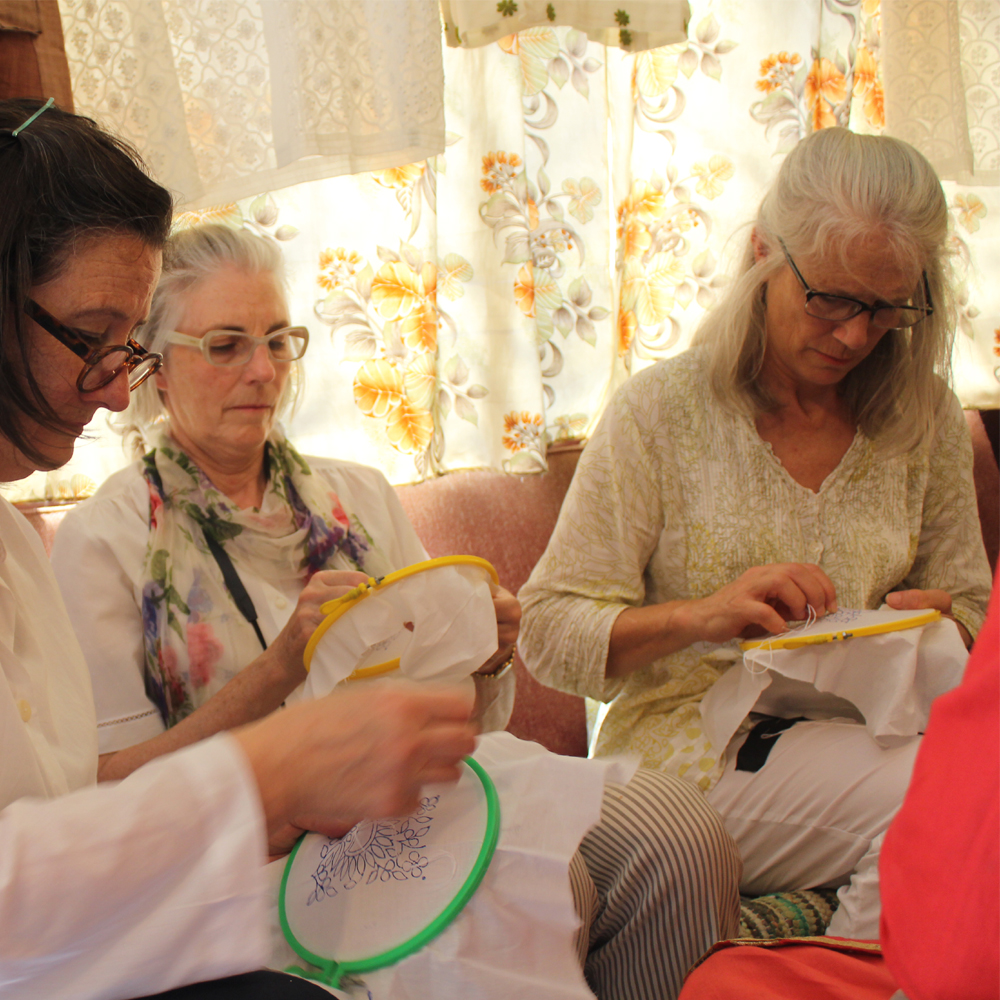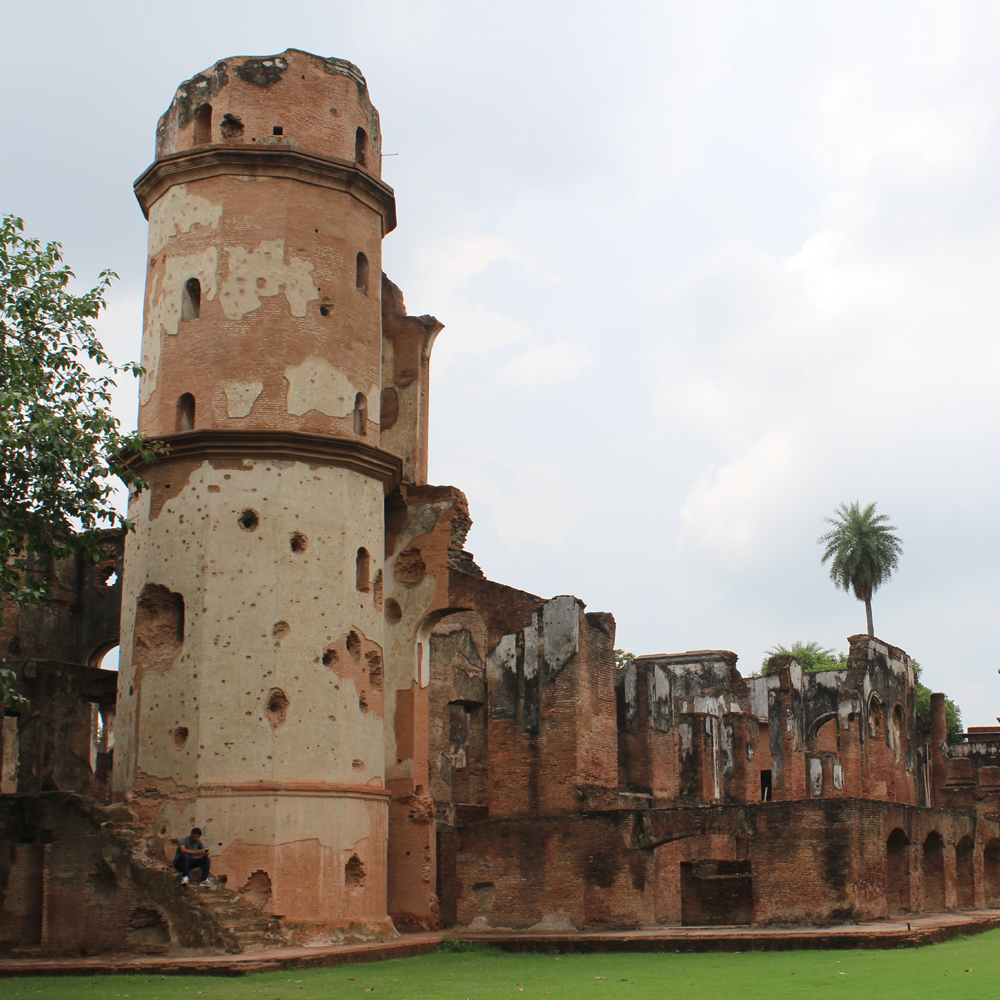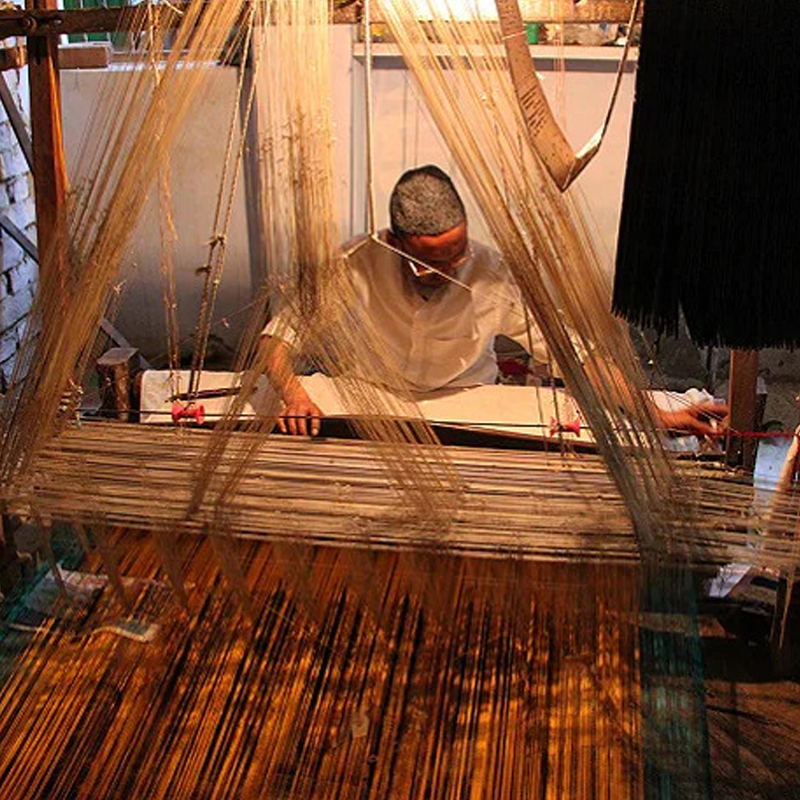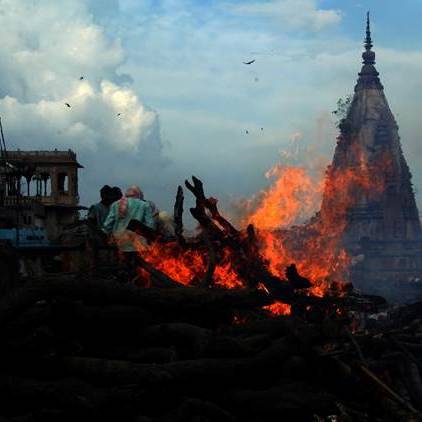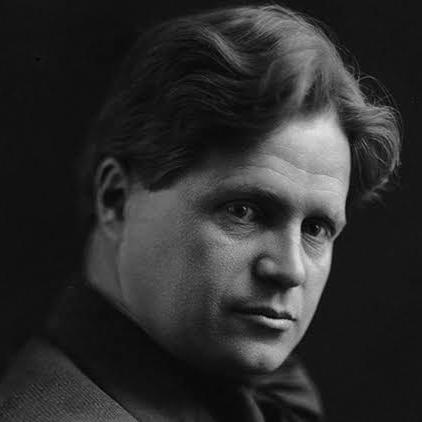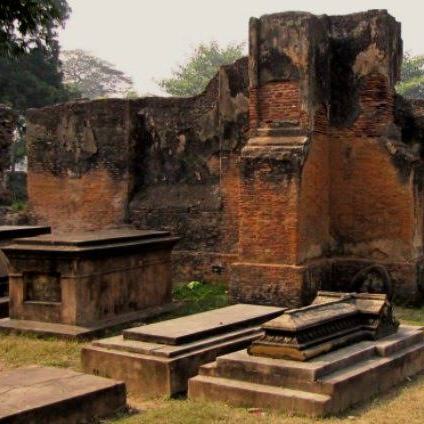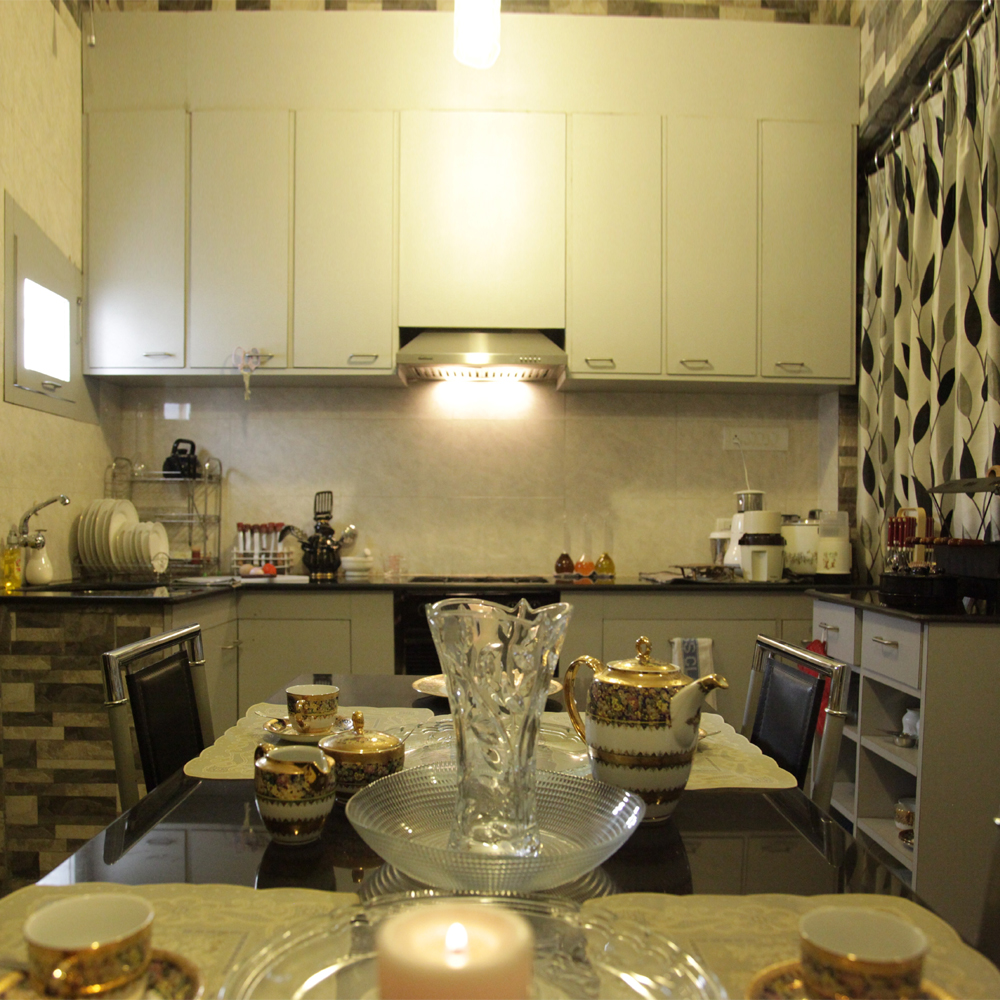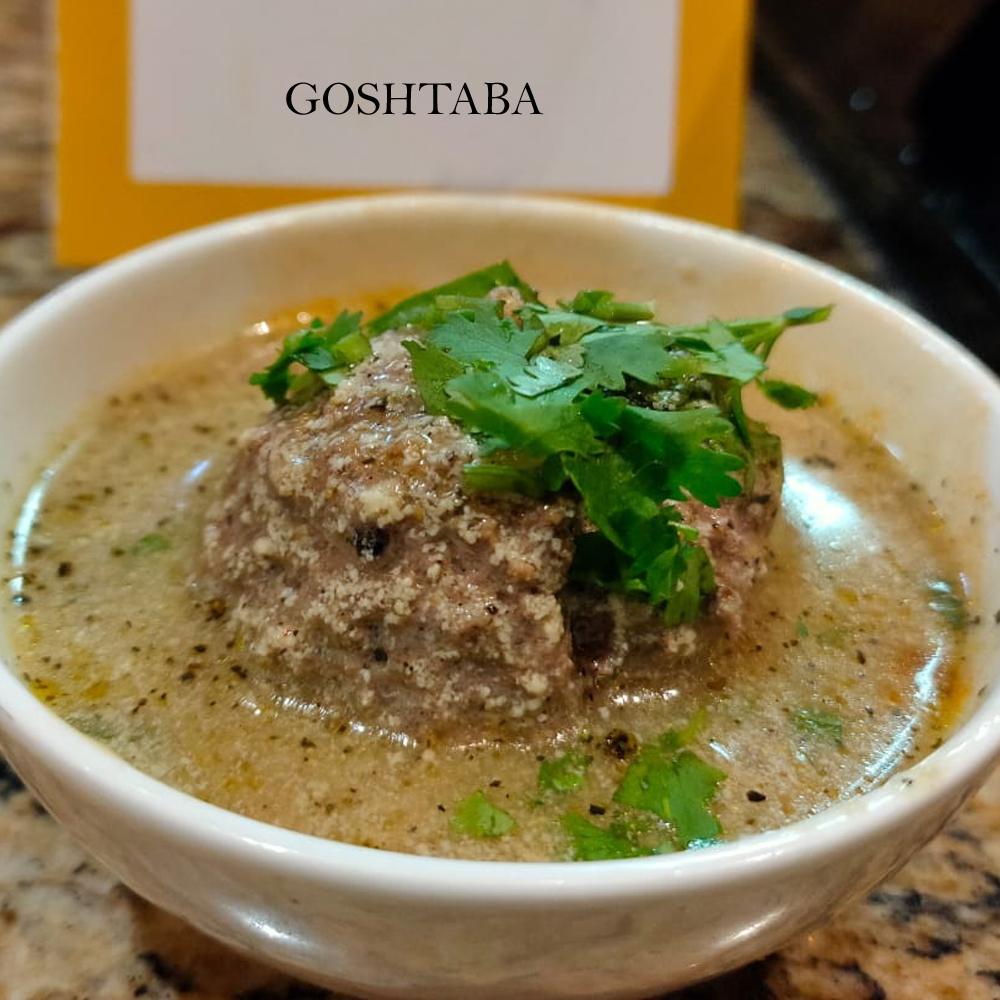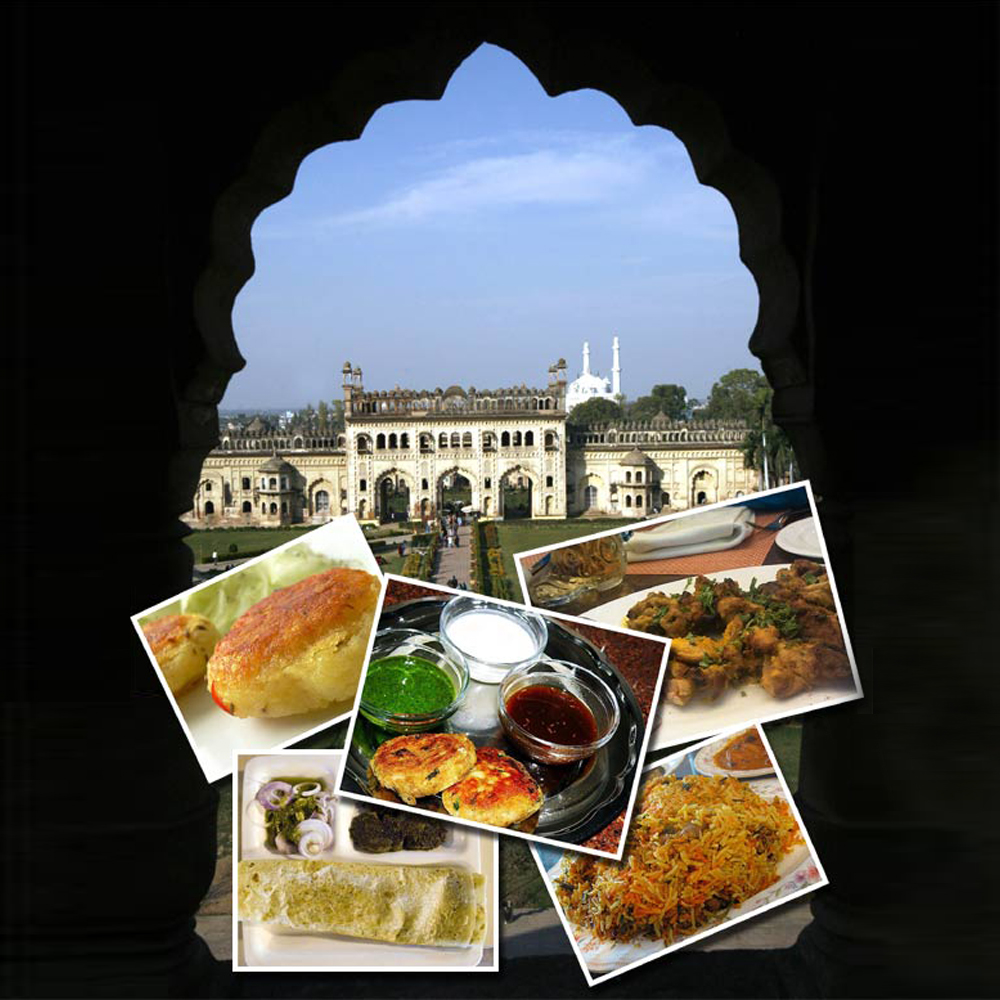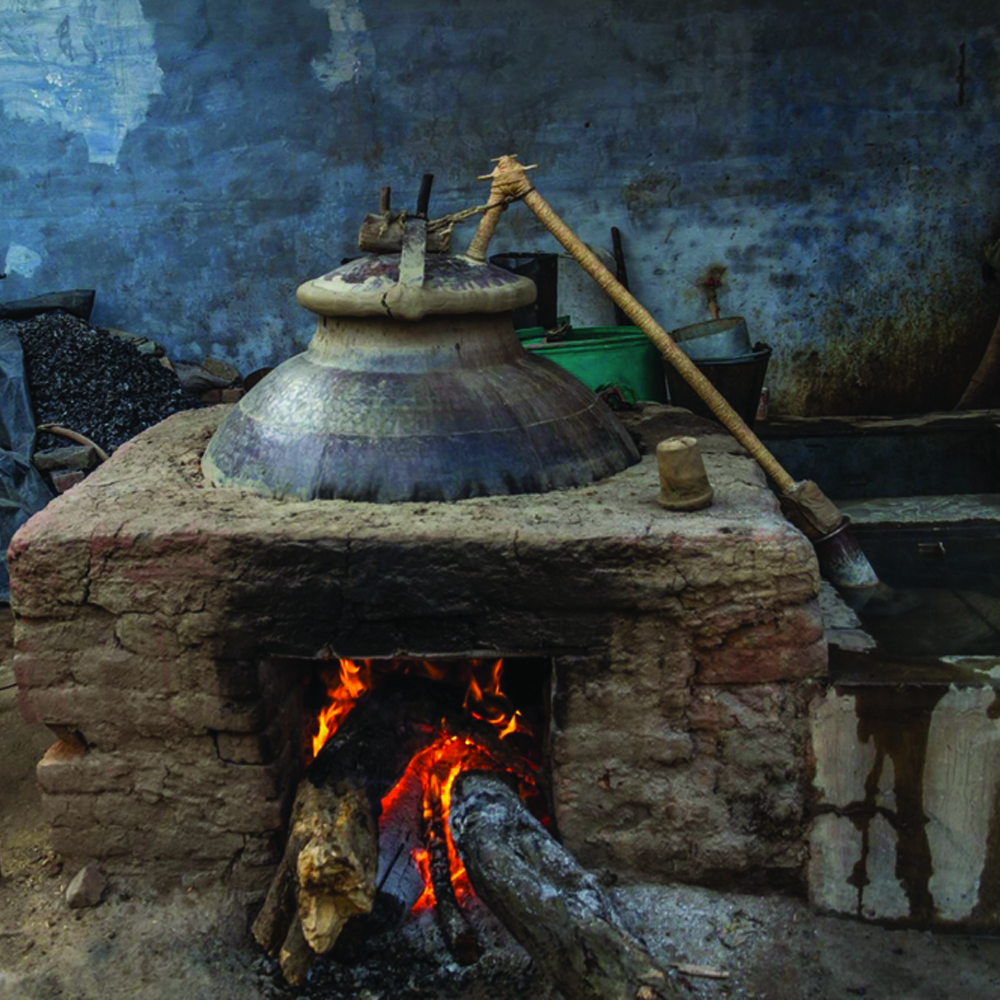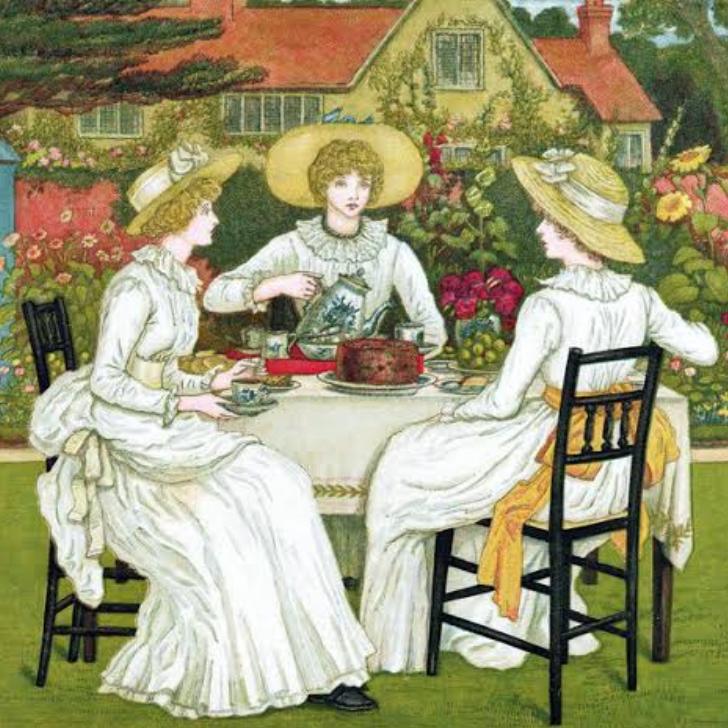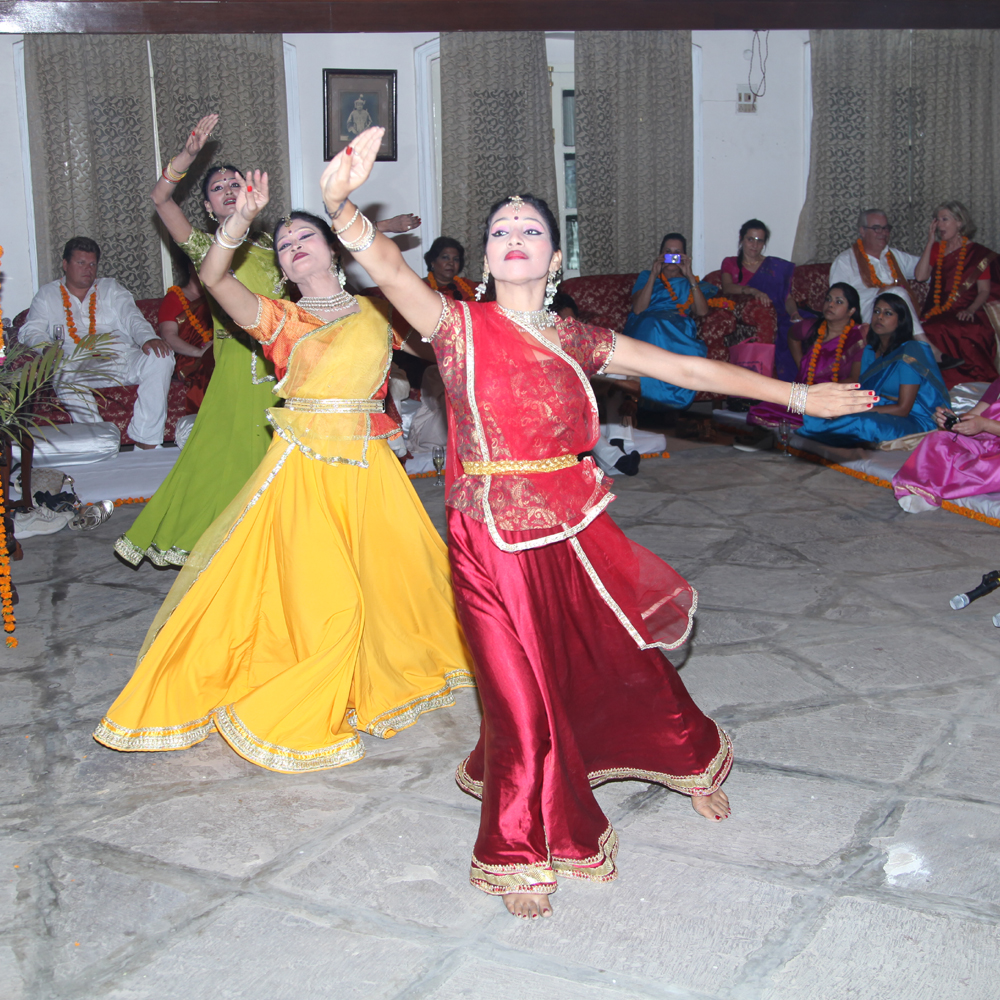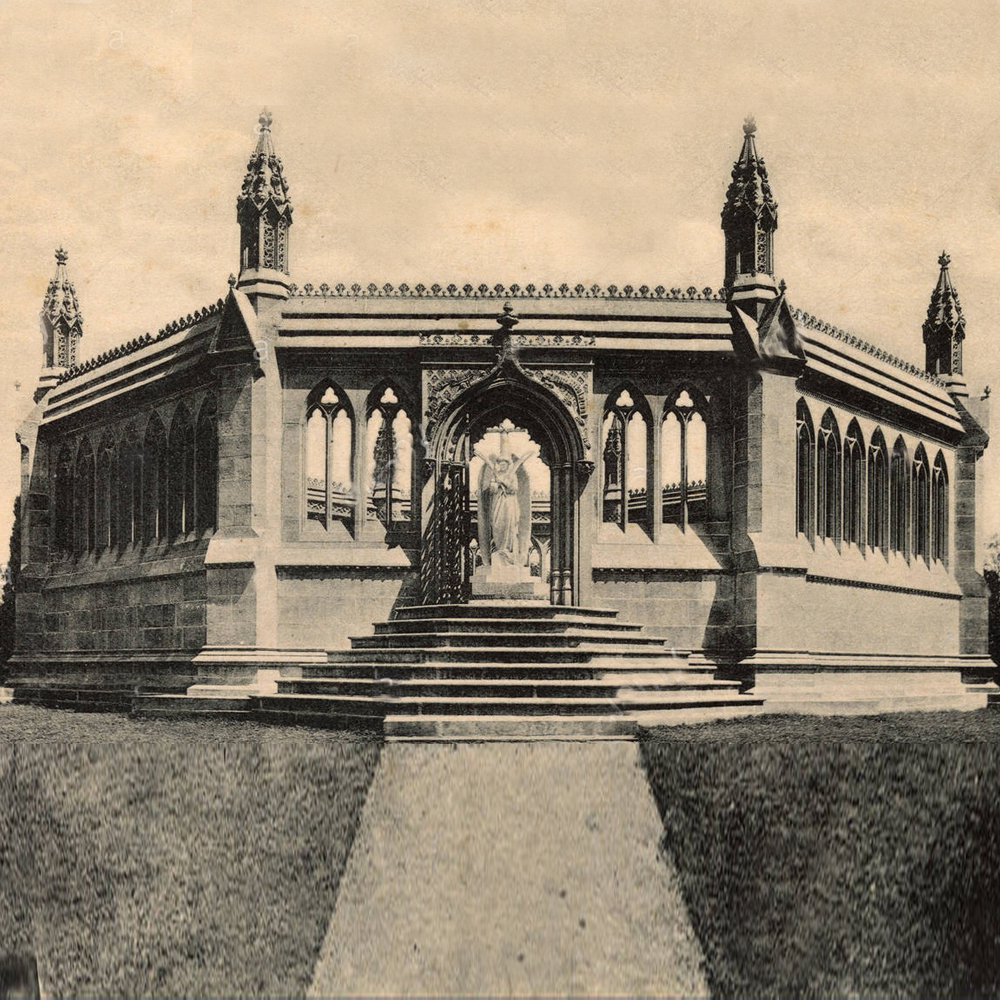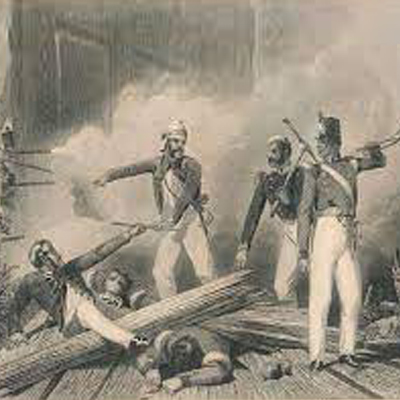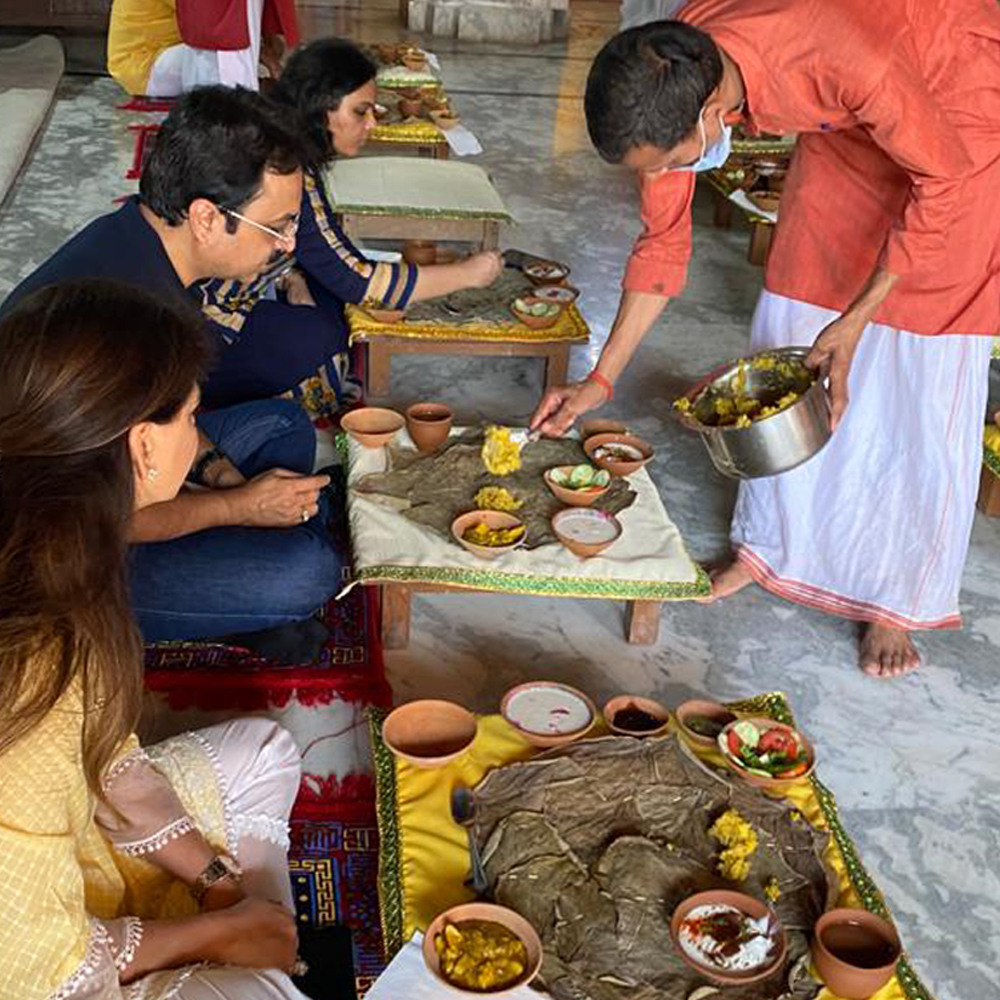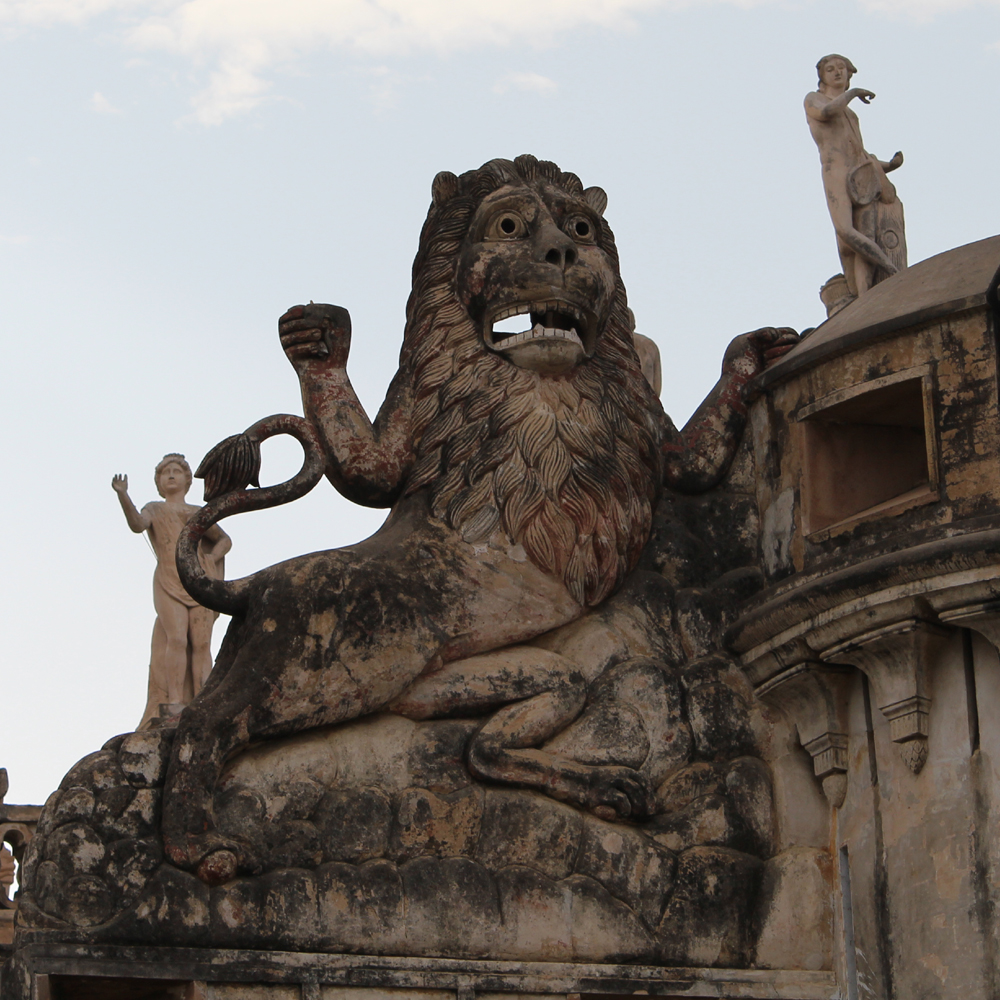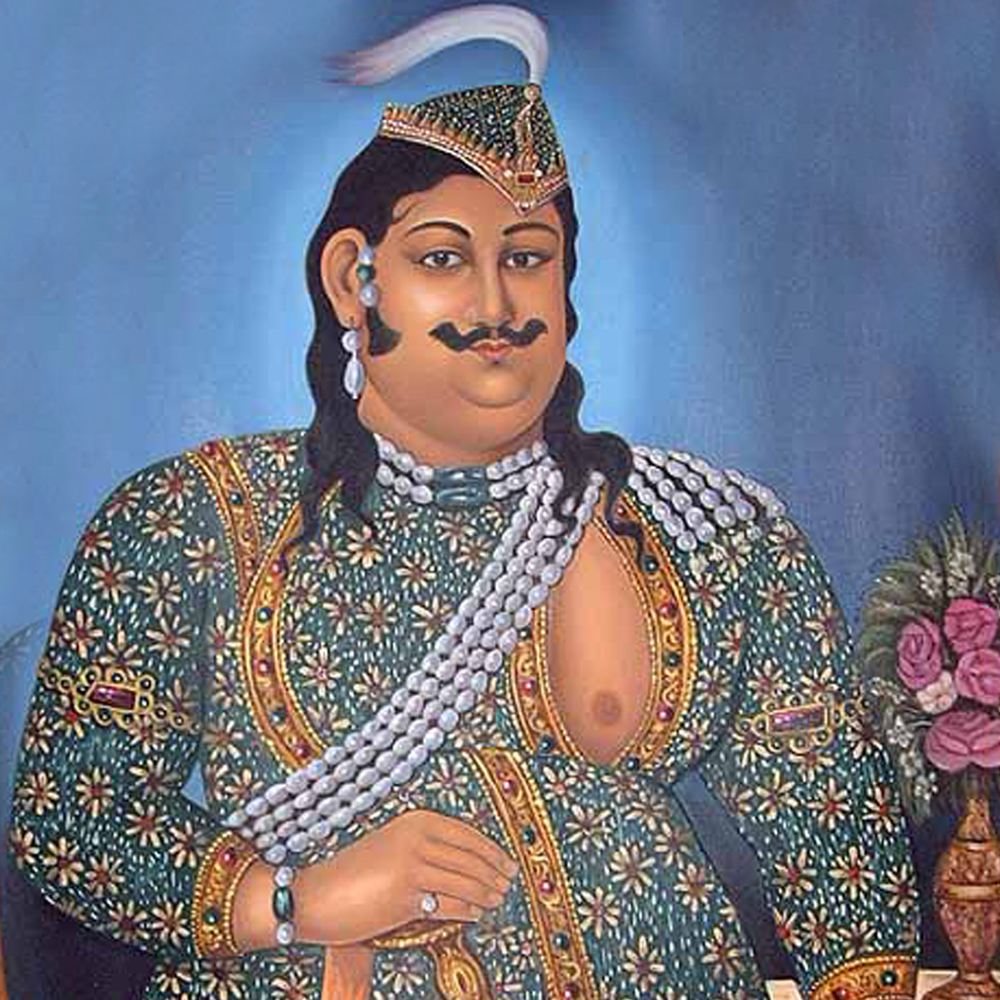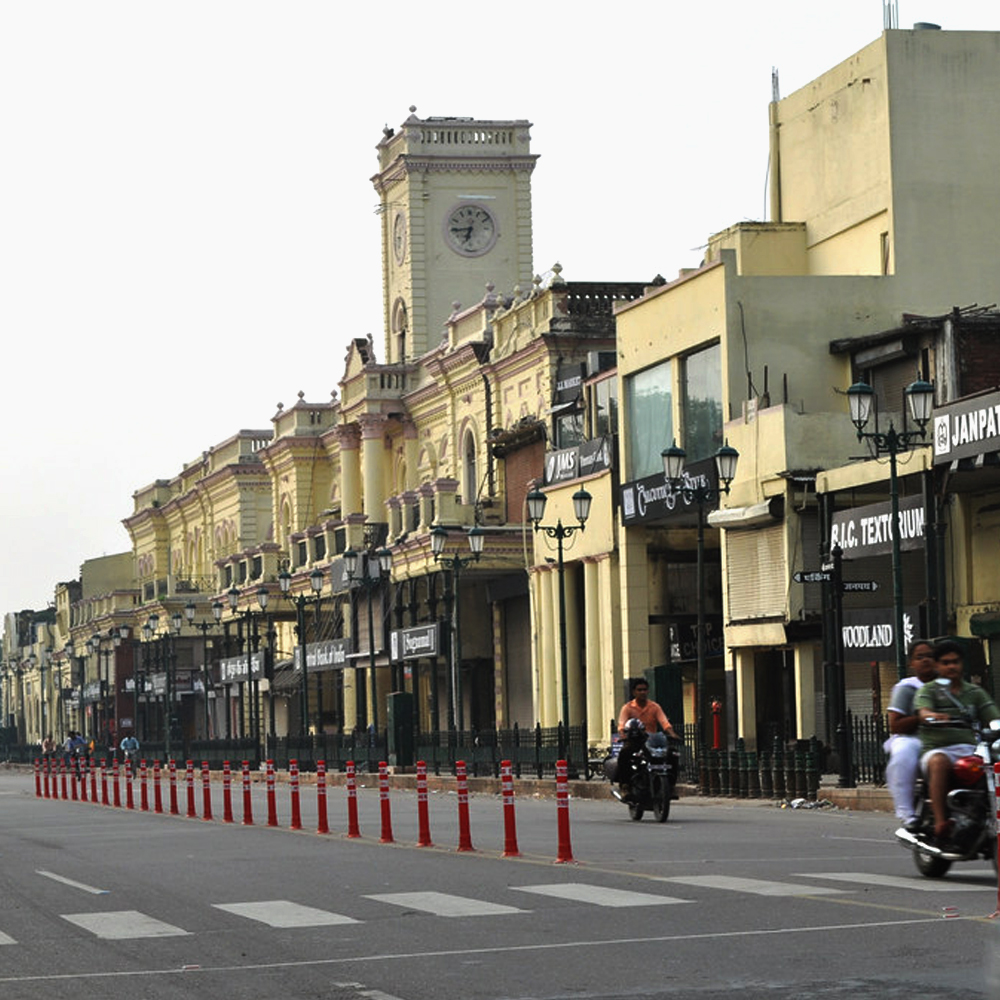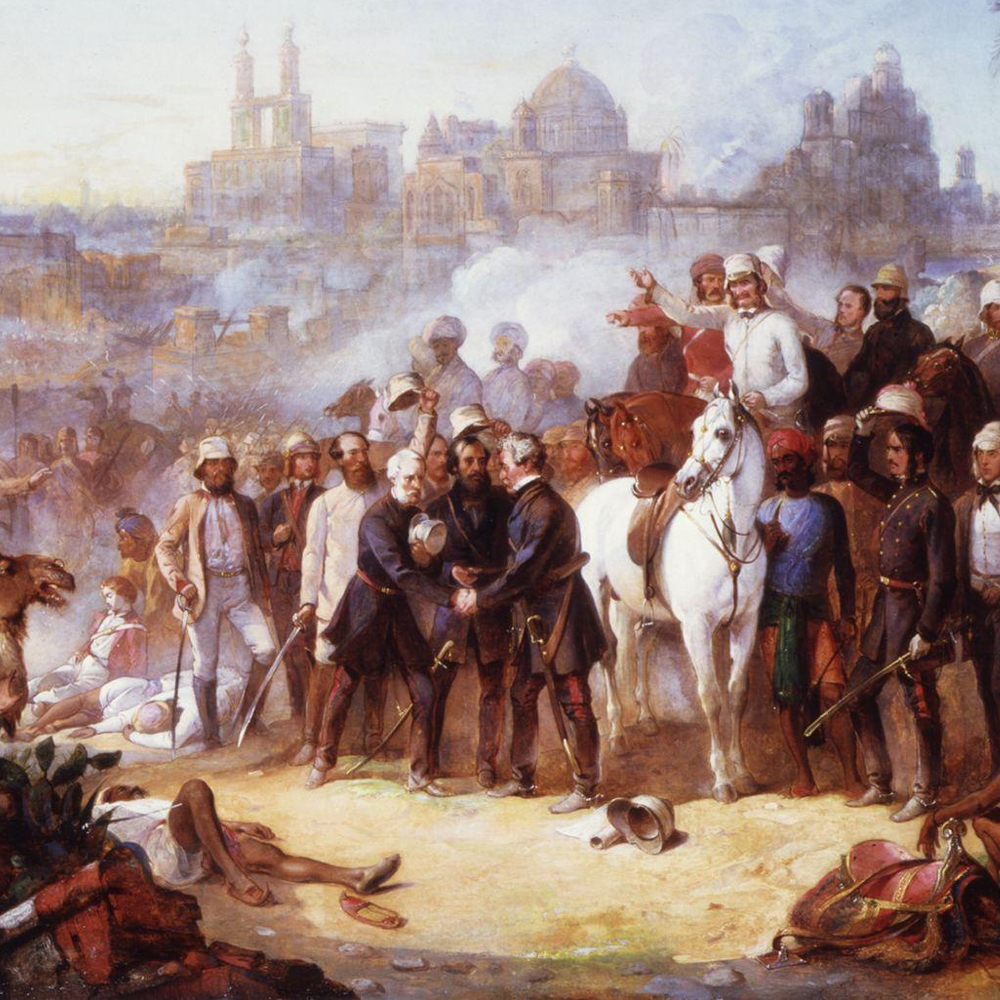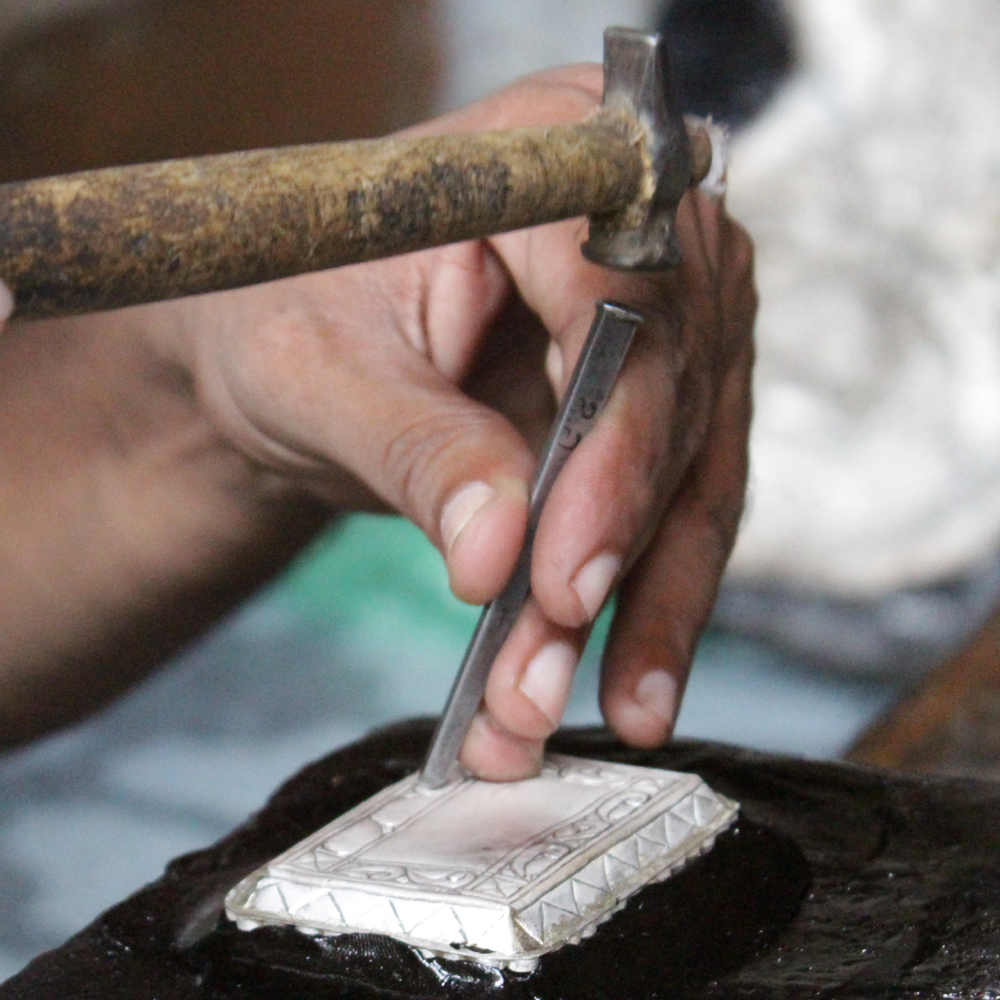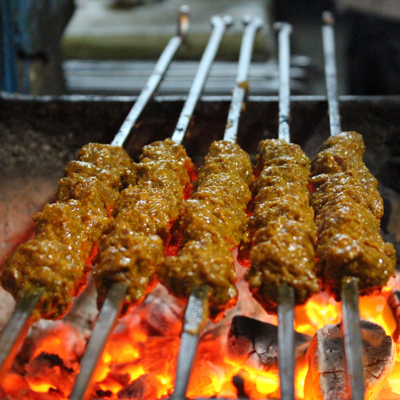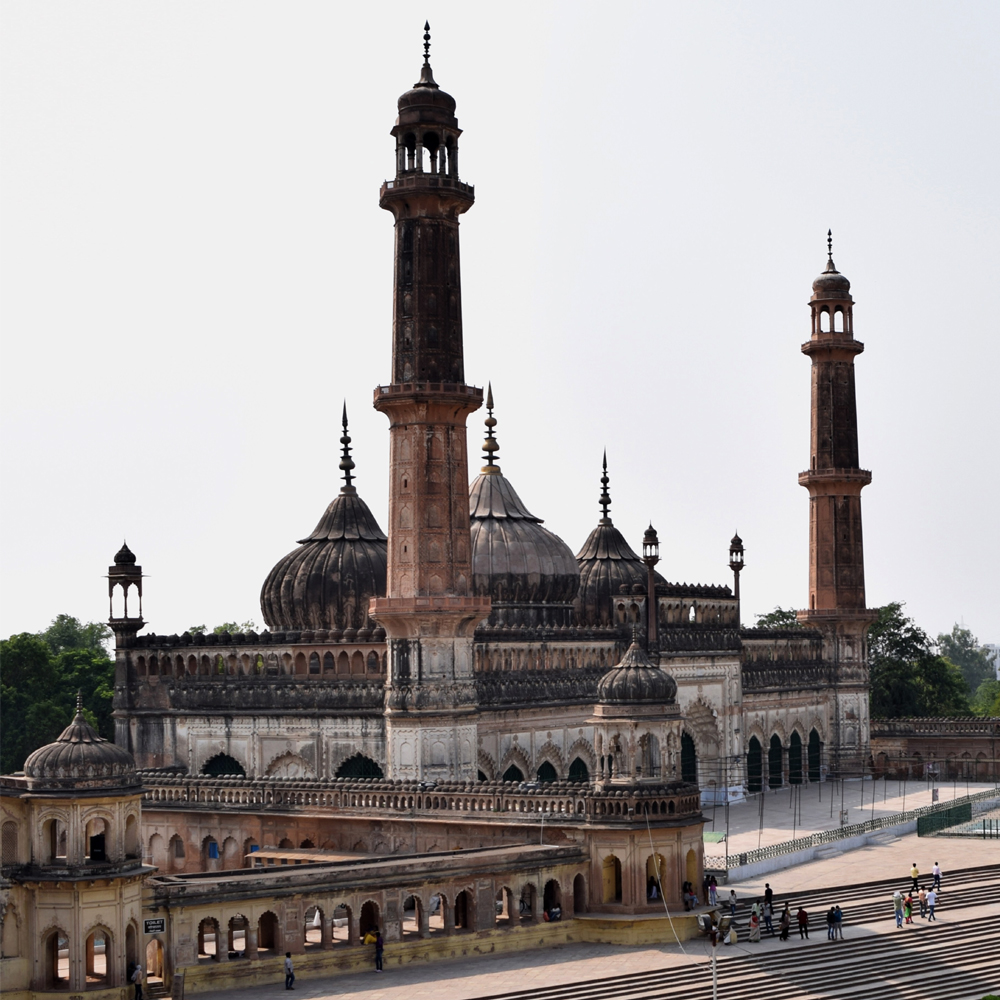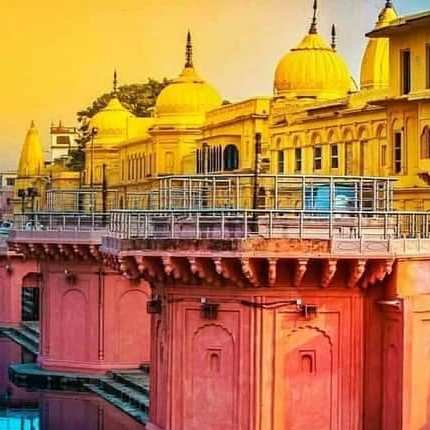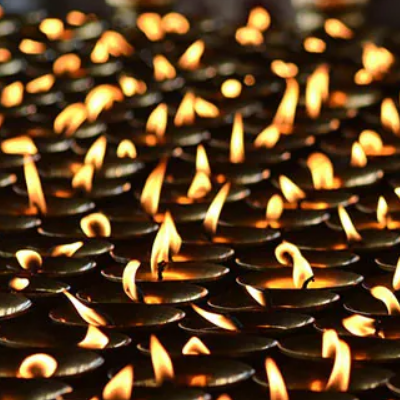Indian Mutiny 1857 – 9
THE BENGAL INFANTRY:
1st Bengal European Fusiliers
Memorial at Sadar Bazar, Delhi – “Here repose the following officer, non commissioned officers and men of the 1st Bengal Fusiliers killed in the attack on the enemys fortified position at Kissen-gunge on the morning of the successful assault and storm of Delhi. Captain G.G. McBarnett 55th N.I. (attached)” … (names of 19 men) … “Familiar with the aspect of Death whom they had confonted in so many battles from which they always emerged victorious they met His last inevitable call here with intrepidity Falling on the 14th of September 1857 in the faithful discharge of their duty. This Monument was erected by their Officers and fellow soldiers of the 1st Regiment European Bengal Fusiliers in their remembrance which is part of its glory. The rest remains with the Lord.”
Lieutenant-Colonel John Grant Gerrard – killed in action at Narnool – 17th November 1857
Son of John & Harriet Gerrard. Born in Calcutta, 1808. Joined the Bengal Army in 1825. Served Afghanistan 1842 (medal), Sutlej 1845 (medal). Husband of Mary Bunbury.
Memorial at Meerut – “Sacred to the memory of Lieut-Colonel John Grant Gerrard, 1st Bengal Fusiliers, who was killed in action while gallantly leading on to victory the moveable column which he commanded against the Jodhpur Legion at Narnaul, near Delhi, November 17th 1857, aged 48 years.”
Major George Ogle Jacob – mortally wounded at Delhi – 14th September 1857
Aged 38. Son of Surgeon George Jacob (Bengal Medical Service). Joined the Bengal Army in 1837. Served in Afghanistan (1838), Sutlej (1845). Wounded in the morning and died in camp at 10 pm.
Grave at Rajpura Cemetery, Delhi – “Sacred to the memory of Major George Ogle Jacob, 1st Bengal Fusiliers, who whilst commanding his Regiment fell mortally wounded at the storming of Delhi, on the 14th September 1857, aged 38 years. This monument is erected by his family.”
Captain William Hodson – killed in action at Begam Kothi – 11th March 1858
Captain Etienne St. George – wounded at Chakar Kothi – 9th March 1858. died of wounds
2nd Bengal European Fusiliers
Memorial in St. James’ Church, Delhi – “In defence of the honor of their beloved Queen and country in avenging their murdered countrymen and women, in crushing a mutiny unrivalled for its atrocities and in the final assault and capture of the city of Delhi, the brave soldiers of the 2nd European Bengal Fusiliers in whose memory this tablet is erected fell. Followed to the grave by the sympathies of their nation, and the undying love of their surviving comrades they lie in glorious sacrifice to their country. To perpetuate the memory of Colonel Major General N. Penny CB. Captain E.J. White. Captain R.J. Sanctuary 5th N.I. Lieutenant C.T.M. MacDowell. Lieutenant G.J. Glanville. Lieutenant S.H. Jackson. Lieutenant D.F. Sheriff. Lieutenant O.C. Walters 45th N.I. Lieutenant C.H.E. Gambier 38th N.I. Asst Surgeon W.B. Chavasse.”
Colonel Nicholas Penny, CB – killed in action – Killed in action at Kukerowlee – 30th April 1858.
Aged 69. Son of Robert & Catherine Penny, of Weymouth, Dorset. Joined Bengal Army 1806. Husband of Louisa Gerard.
Grave at Meerut – “Sacred to the memory of Major General N. Penny, CB. Commanding the Meerut Division. Born at Weymouth, Dorsetshire on the 12th March 1790, Killed at the head of his column in a skirmish with the enemy near the village of Kukerowlee, in Rolilcund, on the morning of the 30th April 1858 after a service of 51 years. His precious remains were brought to Meerut through the kind exertions of Captain E.J. Simpson Asst Commy Gen.”
Lieutenant Charles Henry Fitzroy Gambier – killed in action at Delhi – 14th September 1857.
Aged 22. When his regiment (38th N.I.) mutineed he was attached to the 2nd Bengal Fusiliers. Killed in the attack on the breach of the Water Bastion 14th September 1857. See 38th Native Infantry.
Lieutenant George Julius Glanville – murdered in the massacre at Cawnpore – 27th June 1857.
Aged 25. Son of Francis and Amabel, of Cornwall.
Lieutenant Stuart Hare Jackson – killed in action at Delhi – 23rd June 1857.
Aged 19. Joined the Bengal Army in 1855. Third son of the late A.R. Jackson, MD of Warley Barracks.
Buried at Rajpura Cemetery, Delhi – “Beneath this lies the mortal remains of Lieut. S.H. Jackson 2nd EB Fusiliers killed in action against the rebels on 23rd June 1857 during the siege of Delhi. erected by his brother officers as a mark of deep esteem.”
Lieutenant Charles T. McDowell – killed in action at Shumshabad – 27th January 1858
Aged 23. Second-in-command of Hodson’s Horse. Son of James McDowell, of London and East Bridgeford, Notts.
2nd Lieutenant David Francis Sherriff – killed in action at Delhi – 12th August 1857.
Aged 21. Son of Captain David Sherriff, 48th N.I. Born at Sitapur. Joined the Bengal Army in 1855.
Buried in Rajpura Cemetery, Delhi – “Sacred to the memory of Lieut. D.F. Sherriff H.M. 2nd E.B. Fusiliers killed in action against the rebels during the siege of Delhi on 12th August 1857 erected by his brother officers as a mark of their esteem and regard for him.”
Ensign Odlarne Coates Walter – killed in action at Delhi – 18th July 1857.
Aged 19. Joined the Bengal Army in 1856.
3rd Bengal European Fusiliers
Major George Powell Thomas – wounded at Agra, 5th July 1857. died of wounds 4th August 1857.
Aged 48. Son of Lewis and Maria Thomas. Born in Bairamghat, near Lucknow. Husband of Albina Andrews.
1st Bengal Native Infantry
Memorial at All Souls Church, Cawnpore – “To the glory of God and in memory of more than a thousand Christian people, who met their deaths hard by, between 6th June & 15th July 1857. These tablets are placed in this the
Memorial Church. All Souls Cawnpore by the Government N.W.P. 1st Native Infantry. Lieut. Col. John Ewart, Wife & Child. Lieut J.H.C. Ewart, 12th N.I. Captain A. Turner, Wife and Child. Captain E.J. Elms. Lieut. H.S. Smith. Lieut. R.M. Satchwell. Lieut F. Redman. Ensign J.C. Supple. Surgeon A.W.R. Newenman, Wife & Children Sergeant Major C. Hilling, Wife & Child Quarter-Master Sergeant T. Andrews & Family 18 Musicians, 5 Women & 9 Children.”
Colonel John Ewart – murdered by mutineers at Cawnpore – 27th June 1857
Aged 53. Son of Peter and Marianne, of Manchester. Husband of Emma Fooks. (she and their daughter were also massacred at Cawnpore). Wounded at Cawnpore and killed in the boats.
Captain Edward John Elms – murdered at Cawnpore – 27th June 1857
Aged 33. Son of the late Revd. Edward Elms, of Itchingfield, Sussex.
Captain Athill Turner – murdered at Cawnpore – 27th June 1857
Died of wounds received in the boats. His wife, Ellen, and daughter died of fever at Cawnpore.
Lieutenant Frederick Redman – murdered at Cawnpore – 27th June 1857
Aged 26. Son of George C. Redman, Isle of Thanet, Kent.
Lieutenant Richard Murcott Satchwell – murdered at Cawnpore – 27th June 1857
Aged 28. Adjutant and Quartermaster. Son of the late Major Satchwell, Asst-Comm-General, Bengal.
Lieutenant Henry Sidney Smith – murdered at Cawnpore – 27th June 1857
Lieutenant Godfrey Richard Wheeler – murdered at Cawnpore – 27th June 1857
Memorial at All Souls Church, Cawnpore – “To the glory of God and in memory of more than a thousand Christian people, who met their deaths hard by, between 6th June & 15th July 1857. These tablets are placed in this the
Memorial Church. All Souls Cawnpore by the Government N.W.P.
Staff. Major Genl. Sir H. Wheeler K.C.B. Lady Wheeler & daughters. Lieut G.R. Wheeler 1st N.I. A.D.C. Lieut Col. E. Wiggens 52nd N.I. D.J.A.G. Mrs Wiggens. Major W. Lindsay A.A.G. Mrs Lindsay & Daughters. Ensign G. and Mrs Lindsay. Brigadier General Jack C.B. Mr Jack. Capt. Sir G. Parker 74th N.I. Cant. Magistr. Capt Williamson 71st N.I. D.A.C.G. Mrs Williamson & Child.”
Ensign George Lindsay – murdered at Cawnpore – 27th June 1857
Only son of the late George Lindsay, Bengal Civil Service.
Memorial at All Souls Church, Cawnpore – “To the glory of God and in memory of more than a thousand Christian people, who met their deaths hard by, between 6th June & 15th July 1857. These tablets are placed in this the
Memorial Church. All Souls Cawnpore by the Government N.W.P.
Staff. Major Genl. Sir H. Wheeler K.C.B. Lady Wheeler & daughters. Lieut G.R. Wheeler 1st N.I. A.D.C. Lieut Col. E. Wiggens 52nd N.I. D.J.A.G. Mrs Wiggens. Major W. Lindsay A.A.G. Mrs Lindsay & Daughters. Ensign G. and Mrs Lindsay. Brigadier General Jack C.B. Mr Jack. Capt. Sir G. Parker 74th N.I. Cant. Magistr. Capt Williamson 71st N.I. D.A.C.G. Mrs Williamson & Child.”
Ensign J.C. Supple – murdered at Cawnpore – 27th June 1857
3rd Bengal Native Infantry
Lieutenant Robert Waller Alexander – killed in action at Delhi – 19th June 1857
Son of Rev. Robert Alexander.
Grave at Rajpura Cemetery, Delhi – “Sacred to the memory of Robert Waller Alexander 3rd NI. Son of Revd. R. Alexander of Blackheath Ireland who was killed before Delhi on the night of the 19th June 1857 whilst gallantly engaged in repelling an attack made by the mutineers on the British outposts.
Lieutenant James Yorke – wounded at Delhi, 19th June 1857. died of wounds 1st July 1857
Attached to the 4th Sikh Infantry.
6th Bengal Native Infantry
Captain John Plunkett – murdered by mutineers at Allahabad – 7th June 1857
Youngest son of William Plunkett, Deputy Chairman of the Board of Inland Revenue.
Lieutenant George Harry Hawes – murdered by mutineers at Allahabad – 7th June 1857
Aged 25. Quartermaster and Interpreter. Son of William Hawes, of Plymouth.
Lieutenant Robert Stewart – murdered by mutineers at Allahabad – 7th June 1857
Murdered while at mess. Son of late Robert Stewart, formerly of Calcutta.
Ensign Thomas Bailiff – murdered by mutineers at Allahabad – 7th June 1857
Ensign Edward E. Beamont – murdered by mutineers at Allahabad – 7th June 1857
Ensign Arthur M. H. Cheek – murdered by mutineers at Allahabad – 7th June 1857
Ensign George Lloyd Munro – murdered by mutineers at Allahabad – 7th June 1857
Eldest son of Lt-Col. O.A. Munro, Bengal Army.
Ensign George Stewart Pringle – murdered by mutineers at Allahabad – 7th June 1857
Third son of the late W.A. Pringle, Bengal Civil Service.
Ensign Edward M. Smith – murdered by mutineers at Allahabad – 7th June 1857
7th Bengal Native Infantry
Lieutenant Frederick Blackall Boyd – killed in action at Behar – 9th November 1857
Aged 27. Son of Robert Boyd, of Bromley, Kent.
Lieutenant Ralph Mitford Ingilby – murdered by mutineers at Dinapore – 30th July 1857
Lieutenant William Paul – wounded at Lucknow, 16th November 1857. died of wounds 17th Nov. 1857
Aged 29. Born in Elgin.
Lieutenant Charles Henry Lycett Warren – killed in action at Lucknow – 26th September 1857
Son of Joseph Loxdale Warren, of The Towers, Market Drayton, Shropshire. Aged 24.
Memorial at St Mary’s Church, Market Drayton, Shropshire – “In memory of Charles Henry Lycett Warren Lieutenant in the 8th Bengal Native Infantry and Adjutant of the 12th Bengal Irregular Cavalry son of Joseph Loxdale Warren of the Towers in this Parish Esquire who fell shot through the heart while advancing with the Army under Major General Sir H. Havelock to the Relief of his countrymen besieged in the Residency at Lucknow on the 25th of September 1857 aged 24 years. This tablet is erected by his friends and fellow townsmen in memory of the zeal and spirit and evinced throuhgout the arduous campign which led to the reconquest of Lucknow and the rescue of the besieged from a savage and merciless foe.”
8th Bengal Native Infantry
Captain Charles Frederick Simpson – accidentally killed at Delhi – 19th November 1857
Aged 32. Son of Richard Simpson, of Derby. Joined the Bengal Army in 1845.
Grave at Cashmere Gate Cemetery, Delhi – “Sacred to the memory of Lieutenant Charles F. Simpson 8th Regiment NI. Major of Brigade Umballa who died at Delhi the 19th November 1857 aged 32 years. Sincerely and deservedly regretted by his affectionate wife and numerous friends.”
Lieutenant Charles Henry Lycett Warreb – killed in action at Lucknow – 23rd September 1857
Memorial at St. Marys Church, Market Drayton, Shropshire – “In memory of Charles Henry Lycett Warren, Lieutenant in the 8th Bengal Native Infantry and Adjutant of the 12th Bengal Irregular Cavalry, son of Joseph Loxdale Warren of the Towers in this parish, who fell shot through the heart whilst advancing with the Army under Major General Sir H. Havelock to the relief of his countrymen beseiged in the Residency at Lucknow, on the 23rd September 1857, aged 24 years. This tablet is erected by his friends and fellow townsmen.”
9th Bengal Native Infantry
Major Lionel Percy Denham Eld – wounded on the Trunk Road – July 1857. died ‘of wounds’ at Weymouth, 11th December 1863
Aged 55. Son of John and Louisa, of Brighton. Husband of Charlotte Campbell.
Lieutenant Frederick Folliot Oldfield – died of wounds at Secundra Bagh, Lucknow – 17th November 1857. Aged 19. Son of Henry Oldfield (Bengal Civil Service). Born in Mozaffarpur. Joined the Bengal Army in 1855.
10th Bengal Native Infantry
Lieutenant-Colonel George Acklom Smith – missing in action at July – 26th July 1857
His wife Mary was also killed.
Memorial at All Souls Church, Cawnpore – “Futtehgurh Fugitives 10th N.I. Colonel G.A. Smith Wife Child.
Major R. Monro. Major J. Phillott. Lieut C.W. Swetenham. Lieut D. Henderson. Ensign R.S. Byrne. Surgeon T.C. & Mrs Heathcote. Musician W.M. Wrixen. Colonel A. Coldie Wife & Daughters. Lieut J.R. Monckton B. Engr. Wife & Child. Asst-Surgeon S. & Mrs Maltby. Contr. M Roban Ordnance Dept. & Family. School Master Sheils & Family. Sergt. Hammond Gun Agency Dept. & Family. Pensioner Faulknor.”
Captain Frederick D’Oyley Bignell – missing at Futtehghur – 26th July 1858
Captain William George Law – killed in action at Delhi – 23rd July 1857 (attached to the 1st Punjab Infantry). Aged 33. Son of William Law. Joined the Bengal Army in 1841. Served with the 1st Punjab Infantry. Grave at Rajpura Cemetery, Delhi – “Amongst the brave soldiers who gave their lives for their country at the siege of Delhi in 1857, none more gallant amd true-hearted have here rest from their labours than Captain W.G. Law who was killed at the attack on the rebels’ position in the Metcalfe Garden on the 23rd July.”
Captain William Lindsay – murdered by mutineers at Cawnpore – 18th June 1857
Captain Robert Munro – murdered by mutineers at Futtehghur – 26th July 1857
Captain William Thornton Phillimore – missing at Futtehghur – 26th July 1857
Aged 36. Son of William Phillimore, of Herts. Shot in the leg at Ferruckabad. Killed while in a boat at Konahere Bithoor.
Captain Johnson Phillott – missing at Futtehghur – 11th July 1857
Aged 47. Reported to have drowned in the Ganges while escaping mutineers. Son of Johnson Phillott, of Hereford.
Lieutenant Henry John Fitzgerald – murdered by mutineers at Futtehghur – 26th July 1857
Lieutenant John Robert Simpson – murdered by mutineers at Futtehghur – 26th July 1857
Son of the late Colonel John Simpson, HEICS.
Lieutenant Charles Worsley Swetenham – murdered by mutineers at Futtehghur – 26th July 1857
Lieutenant Edward S. Whish – murdered at Darjeeling – 16th June 1857
Second son of late Lieut-General Whish, of Clifton, Gloucestershire. (ref. The Times)
Ensign R. S. Byrne – murdered by mutineers at Futtehghur – 26th July 1857
Ensign David Henderson – murdered by mutineers at Futtehghur – 26th July 1857
Acting Adjutant, Interpreter and Quartermaster. Son of Capt. Henderson, of Semster, Caithness.
11th Bengal Native Infantry
Lieutenant-Colonel John Finnis – murdered by mutineers at Meerut – 10th May 1857
Aged 53. Son of Robert and Elizabeth Finnis, of Hythe. Born 28th January 1804. Served Punjab 1848 (medal). The first European officer killed in the Mutiny. Husband of Sarah Roche.
Grave at Meerut – “To the memory of John Finnis Colonel 11th Regt N.I. who fell while endeavouring to quell the mutiny in the 20th Regt. N.I. May 10th 1857 aged 53 years.”
12th Bengal Native Infantry
Captain John Dunlop – murdered by mutineers at Jhansi – 5th June 1857
Aged 34. Son of
Lieutenant James H. C. Ewart – murdered by mutineers at Cawnpore – 27th June 1857
Aged 31. Eldest son of James S. Ewart, of Fortis Green, Finchley.
Memorial at All Souls Church, Cawnpore – “To the glory of God and in memory of more than a thousand Christian people, who met their deaths hard by, between 6th June & 15th July 1857. These tablets are placed in this the
Memorial Church. All Souls Cawnpore by the Government N.W.P. 1st Native Infantry. Lieut. Col. John Ewart, Wife & Child. Lieut J.H.C. Ewart, 12th N.I. Captain A. Turner, Wife and Child. Captain E.J. Elms. Lieut. H.S. Smith. Lieut. R.M. Satchwell. Lieut F. Redman. Ensign J.C. Supple. Surgeon A.W.R. Newenman, Wife & Children Sergeant Major C. Hilling, Wife & Child Quarter-Master Sergeant T. Andrews & Family 18 Musicians, 5 Women & 9 Children.”
Lieutenant William C. L. Ryves – murdered by mutineers at Jhansi – 5th June 1857
Ensign James Henry Barber – murdered by mutineers at Jhansi – 5th June 1857
The Times 22-8-57, states: died 20th June in Bundelcund from sun-stroke while seeking refuge from the mutineers. Eldest son of Capt. Barber, of Merton Abbey, Surrey.
Ensign Stanhope B. Taylor – murdered by mutineers at Jhansi – 5th June 1857
Assistant-Surgeon William Barker McEgan – murdered by mutineers at Jhansi – 5th June 1857.
Born 30th May 1817. Served in the Crimea with the Turkish Contingent.
13th Bengal Native Infantry
Memorial in the Residency, Lucknow – “Sacred to the memory of Major C.F. Bruere. Captain R.B. Francis. Lieut G.W. Green. Ensign L. Inglis of the Honble E.I. Company’s 13th Regt N.I. who fell whilst serving with their Regiment in the defence of Lucknow 1857. Also of Capt A. Turnbull who died in the Cawnpore Entrenchment and Lieut E.W. Banwell.”
Captain Robert Bransby Francis – killed in action by round shot at Lucknow – 8th July 1857
Both his legs were blown off by a round-shot.
Lieutenant Edward William Banwell – murdered by mutineers at Hissar – 29th May 1857
Lieutenant G.A.P. Younghusband – wounded at Futteyghur 2nd January 1858. Died of wounds 4th Jan.
Aged 26. Son of Major-General Younghusband, Royal Artillery. Commanding 5th Punjab Cavalry when wounded.
14th Bengal Native Infantry
Lieutenant Charles Battine – murdered by mutineers at Cawnpore – 27th June 1857
Aged 24. Son of Major-General Battine, CB, Bengal Artillery.
Lieutenant Frederick James MacDonnell – killed in action at Lucknow – 23rd March 1857
15th Bengal Native Infantry
Lieutenant James Archibald Campbell – murdered by mutineers at Nusseerabad – 6th May 1857
Aged 24. Killed while commanding the 14th Irregular Cavalry. Eldest son of Lt-Col. John Campbell (retired), Bengal Army.
Lieutenant Osbert D’Abitot Thackwell – killed in action at Lucknow – 20th March 1858
Aged 22. Son of Lt-General Sir Joseph Thackwell, GCB, 16th Lancers.
16th Bengal Native Infantry
Lieutenant Frederick Cortland Angelo – murdered by mutineers at Cawnpore – 27th June 1857
Memorial at All Souls Church, Cawnpore – “Sacred to the memory of Frederick Cortlandt Angelo 16th Grenadiers, B.N.I., ..nt of the 4th Division Ganges Canal, who fell in the mutiny at Cawnpore, on the 27th June 1857, in the 32nd year of his age, erected by his sorrowing widow.”
Lieutenant James Fullerton – accidentally killed at Lucknow – 15th September 1857
Aged 27. Son of Lord Fullerton. Fell from a balcony of the Residency.
Ensign H. L. Marsh – killed in action at Maun Sing’s Garden – 24th August 1857
17th Bengal Native Infantry
Lieutenant Robert Popkin Homfray – wounded at Delhi, 15th September 1857. died of wounds 16th September 1857
Aged 22. Son of Robert, he was born in Calcutta. Joined the Bengal Army in 1852.
Grave at Rajpura Cemetery, Delhi – “This monument is erected to the memory of Lieut. Robt Popkin Homfary of the 17th Regt. NI and adjt. of the 4th Punjaub Infantry, by his devoted brothers and sisters. this brave young officer died at the age of 22 years on the 16th September 1857 from wounds received on the preceding day whilst gallantly leading on his men in action.”
Lieutenant Percy George Hutchinson – murdered by mutineers at Azimghur – 3rd June 1857
Quartermaster. Aged 25.
Lieutenant Edward Thomas Kemp – wounded at Sassia Ghat, 15th January 1857. died at Mela Ghat, 16th January. (attached to the Kamaon Levy). Aged 22. Joined the Bengal Army in 1853.
Lieutenant E. D. F. Lewis – wounded at Ghazeepore, 18th July 1857. died of wounds 1st September 1857
18th Bengal Native Infantry
Major Henry Edward Pearson – murdered by ‘villagers’ near Bareilly – 6th June 1857
Aged 46. Son of Rev. Thomas and Sarah, of Worcestershire. Husband of Fanny Williamson.
Captain Hugh Vans Hathorn – murdered by ‘villagers’ near Bareilly – 6th June 1857
Only son of the late Vans Hathorn, of Edinburgh.
Captain Taylor Campbell Richardson – murdered by ‘villagers’ near Bareilly – 6th June 1857
Lieutenant Henry Ross Stewart – murdered by ‘villagers’ near Bareilly – 6th June 1857
Memorial at St. Michaels Church, Melksham, Wiltshire – “Sacred to the memory of Lieutenant Henry Ross Stewart, 18th Regt BNI who lost his life whilst endeavouring to escape from Bareilly after the Mutiny of May 31st aged 26 years.”
Ensign Charles Keith Dashwood – wounded at Lucknow, 23rd November 1857. died of wounds
Died in hsopital at Lucknow, having had both his feet blown off by a round-shot on 4th November. Aged 19. Son of Lt-Col. A.W. Dashwood, of Shenley Grange, Herts.
Ensign John Charles Dyson – murdered by ‘villagers’ at Bareilly – 6th June 1857
19th Bengal Native Infantry
Lieutenant Sir Norman Leslie – murdered by mutineers at Rohnee – 12th June 1857
Murdered by men of the 5th Irregular Cavalry with whom he was serving. The murderers were caught and executed.
20th Bengal Native Infantry
Captain Donald McDonald – murdered by mutineers at Meerut – 10th May 1857
Fourth son of Capt. Archibald McDonald (RN).
Grave at Meerut – “To the memory of Donald MacDonald Captain 20th Regiment N.I. who was killed by his own men on the 10th May 1857. Aged 35 years. and of Louisa Sophia, his wife, aged 30 years. Who was barabarously murdered the same night while trying to make her escape with her three infants from her burning house to the European Lines.”
Captain John Henry George Taylor – murdered by mutineers at Meerut – 10th May 1857
Son of Lieutenant-Colonel John William and Emma Taylor. Born in 1820.
Grave at Meerut – “To the memory of John Henry George Taylor Captain Late of the 20th Regiment N.I. Killed during the Mutiny at Meerut on May 10th 1857.”
Lieutenant George Douglas Barbor – killed in action at Lucknow – 1st June 1857
Lieutenant David Henry Henderson – murdered by mutineers at Meerut – 10th May 1857
Only son of Lieut. David Henderson, R.N., of St. John’s Wood, Regents Park.
Grave at Meerut – “Sacred to the memory of David Henry Henderson Lieutenant Bengal Native Infantry who was killed during the mutiny at Meerut on the 10th May 1857, aged 31 years.”
Lieutenant Mervyn Archdall Humphrys – killed in action at Delhi – 19th June 1857
(attached to the 1/60th Foot). Aged 26. Son of William and Anna, of Co. Cavan. Joined the Bengal Army in 1850. Grave in Rajpura Cemetery, Delhi – “Sacred to the memory of Lieutenant M. A. Humphrys of the 20th N.I. who was killed in action on the 19th June 1857.”
Lieutenant William Pattle – murdered by mutineers at Meerut – 10th May 1857.
Grave at Meerut – “William Pattle Lieutenant. 20th Regiment Native Infantry. Born 21st June 1832 was killed in the Mutiny at Meerut on 10th May 1857.”
21st Bengal Native Infantry
Lieutenant Francis Walker Brodie – murdered by mutineers at Muttragur – 7th June 1857
22nd Bengal Native Infantry
Lieutenant J.W.H. Anderson – murdered by mutineers at Gorukpore – 8th June 1857
Son of John Anderson, of Ryall Hill, Worcester.
Lieutenant Arthur Bright – murdered by mutineers at Gorukpore – 8th June 1857
Aged 26. Son of Robert Bright, of Abbot’s Leigh, Somerset. Killed by mutineers of the 17th BNI.
Memorial at Holy Trinity Church, Abbots Leigh, Avon – “In memory of Arthur, 6th son of Robert and Caroline Bright, Lieutenant and Adjutant of the 22nd Regiment of Bengal Native Infantry full of the highest promise he perished by the hands of mutineers from another regment near Fyzabad Oudh on the 9th of June 1857 in the 27th year of his age.”
Lieutenant George Lister Cautley – murdered by mutineers at Gorukpore – 8th June 1857
Aged 24. Son of Lt-Col. George Cautley, 6th Bengal Cavalry.
Lieutenant Augustus Frederic English – murdered by mutineers at Gorukpore – 8th June 1857
Son of the late Sir John English.
Lieutenant Thomas Edward Lindesay – murdered by mutineers at Gorukpore – 8th June 1857
Lieutenant Frederick W. Ripley – murdered by mutineers at Gorukpore – 8th June 1857
Lieutenant Walter Harrington Thomas – murdered by mutineers at Gorukpore – 8th June 1857
Son of Capt. G.H. Thomas, 7th Madras Cavalry.
23rd Bengal Native Infantry
Colonel John Platt – murdered by mutineers at Mhow – 1st July 1857
Aged 55. Son of Rev. Alexander and Charlotte Platt, of Langley, Herts. Husband of Charlotte Atkinson.
Memorial at St. Marys church, Watford – “In memory of Lt col. John Platt, Lt Col Charles Chester, Capt. James Fagan, Capt. Thom H. Hilliard all of the XXIII Regt Bengal Native Infantry who fell in the Mutiny and Rebellion in India AD MDCCCLVIII. Erected by their brother officers.”
Captain James Fagan – murdered by mutineers at Mhow – 1st July 1857
Captain Thomas Holyoake Hilliard – murdered at Chatteerea – 31st May 1857
Aged 30. Born in Middlesex. Joined the Bengal Army in 1842. Adjutant of the Hariana Light infantry. When they mutineed at Sirsa he was spared and allowed to depart, but was murdered by villagers soon after.
Grave at Sirsa Cemetery – “Sacred to the memory of Lieut. J.H. Hilliard, second in command, late Hurrianah battalion and Mr. J.W. Fell, Assistant Patrol, Customs Department, who were both treacherously murdered on the 30th May 1857 by the rebel inhabitants of the village of Chutrayan in the Sirsa District. this tomb was erected over the recovered remains by order of the Government.”
24th Bengal Native Infantry
Ensign Marshall Deverall Smith – murdered by mutineers at Allahabad – 7th June 1857
Aged 19 years and 4 months. Son of Samuel Smith, of Westbourne Terrace Road, London, late of Calcutta.
25th Bengal Native Infantry
Captain Charles George Brodie – killed in action at Mehidpore – 18th November 1857
Ensign Julian Hayter – wounded at Benares, 16th June 1857. died of wounds
26th Bengal Native Infantry
Major Robert Spencer – murdered by mutineers at Mean Meer – 30th July 1857
Aged 44. Born in London. Son of Robert and Anne. Joined the Bengal Army in 1827.
Tablet in St. Mary Magdalene’s Church, Lahore – “Sacred to the memory of Brigadier Isaac Handscombe, Bt. Major Robert Spencer and Sergeant Major John Potter who were barbarously murdered by the mutineers when nobly attempting to recall their men to their duty, the first fell at Lucknow on the 31st May and the two last at Meean Meer on the 30th July 1857.”
Lieutenant John Tierney Davidson – killed in action at Delhi – 14th September 1857
(attached to the 2nd Punjab Infantry). Aged 18 years & 9 weeks.
Tablet in St. Mary Magdalene’s Church, Lahore – “To the memory of Ensign John Tierney Davidson who was killed at Delhi on 14th Septr 1857.”
27th Bengal Native Infantry
Captain George Thomas Gowan – killed in action in Oude – 8th June 1857
Memorial at St. Pauls Cathedral, Calcutta – “To the beloved memory of George Thomas Gowan Captain of the 27th Regiment Bengal Native Infantry and commandant 9th regiment Oude Irregular Force, second son of Major Genl G.E. Gowan Bengal Artillery, Killed at Topore, Oude, June 1857 in the 35th year of his age He fell whilst endeavouring to recall the mutinous sepoys of his own force to order and obedience. And also to the memory of Olivia Grace daughter of Major General James Stuart Bengal Army and wife of Captain G.T. Gowan who with their infant son George Boyce Combe cruelly murdered by the rebels at Tapore June 1857 “
Captain John Nicholson – wounded at Delhi, 14th September 1857. died of wounds 23rd September.
Lieutenant George William Fraser – missing in action in Oude – 8th June 1857
28th Bengal Native Infantry
Captain Henry John Guise – killed in action at Benares – 4th June 1857
Attached to the 13th Irregular Cavalry.
Captain Marshall James – murdered by mutineers at Shahjehanpore – 31st October 1857
Killed in church. Aged 37. Only son of Lt-Col. James, HEIC, of Saltford House, Bath.
Captain Cornelius Lysaght – murdered by mutineers at Mohumdee – 23rd June 1857
Captain Mordant M. Salmon – murdered by mutineers at Mohumdee – 23rd June 1857
Captain H. W. L. Sneyd – murdered by mutineers at Shahjehanpore – 31st October 1857
Lieutenant George James Johnston – murdered by mutineers at Mohumdee – 23rd June 1857
Lieutenant Alexander Key – murdered by mutineers at Mohumdee – 23rd June 1857
Eldest son of John Key, Grosvenor Place, London. His wife Mary was also killed.
Lieutenant William W. Pitt – murdered by mutineers at Mohumdee – 23rd June 1857
Lieutenant Colin A. Robertson – murdered by mutineers at Mohumdee – 23rd June 1857
Lieutenant George W. Rutherford – murdered by mutineers at Mohumdee – 23rd June 1857
Lieutenant Edmund Cadell Scott – murdered by mutineers at Mohumdee – 23rd June 1857
Aged 18 years and 2 months. Son of Major G.D. Scott, of Winkfield, Berkshire.
Ensign Thomas John Hope Spens – murdered by mutineers at Mohumdee – 23rd June 1857
Aged 21. Only son of the late Thomas Spens, MD, HEICS.
30th Bengal Native Infantry
Captain John Tower Lumsden – killed in action at Lucknow – 16th November 1857
Lieutenant Jonathan Cape – killed in action at Lucknow – 20th March 1858
31st Bengal Native Infantry
Colonel Alexander Jack – murdered by mutineers at Cawnpore – 27th June 1857.
Aged 51. Son of Rev. William and Grace Jack, of Aberdeen.
Memorial at All Souls Church, Cawnpore – “To the glory of God and in memory of more than a thousand Christian people, who met their deaths hard by, between 6th June & 15th July 1857. These tablets are placed in this the
Memorial Church. All Souls Cawnpore by the Government N.W.P.
Staff. Major Genl. Sir H. Wheeler K.C.B. Lady Wheeler & daughters. Lieut G.R. Wheeler 1st N.I. A.D.C. Lieut Col. E. Wiggens 52nd N.I. D.J.A.G. Mrs Wiggens. Major W. Lindsay A.A.G. Mrs Lindsay & Daughters. Ensign G. and Mrs Lindsay. Brigadier General Jack C.B. Mr Jack. Capt. Sir G. Parker 74th N.I. Cant. Magistr. Capt Williamson 71st N.I. D.A.C.G. Mrs Williamson & Child.”
Captain Thomas Charles Birch – murdered by mutineers at Pophamon – 7th June 1857.
Aged 42. Son of John and Anna Birch, of Calcutta. Born in Bengal. Husband of Caroline Amesbury.
Captain Charles M. Parsons – murdered by mutineers at Oude – 8th June 1857.
Attached to the 6th Oude Irregular Infantry.
Ensign Henry George Wadham Spens – killed in an explosion at Bundlekund – 23rd June 1857
32nd Bengal Native Infantry
Captain Charles Robert George Douglas – murdered by mutineers at Delhi – 11th May 1857
Aged 33. Husband of Louisa Robinson.
Lieutenant Henry C. A. Cooper – murdered by mutineers at Deoghur – 9th October 1857
Lieutenant John Egremont Lee – killed in action in Oude – 21st March 1858
Memorial at Kells Parish Church, Galloway – “Erected by Jane C. Maitland in loving memory of her husband, John Gordon Maitland …. Also of her brother Lieut. John Egremont Lee, 32nd Bengal Native Infantry, during the Indian Mutiny he was killed in an attack on the Fort of Tirowlee, Oude, 21st March 1858, aged 27 years.”
Lieutenant Henry Strickland Lester – wounded at Lucknow – 14th July 1857. died of wounds
Aged 30. Assistant-Commissioner of Seetapore. Son of Lt. J.Y. Lester, 7th Royal Fusiliers. Wounded during a rebel assault on Gubbin’s Post.
Lieutenant Eaton Joseph Travers – killed in action at Delhi – 3rd August 1857
Attached to the 1st Punjab Infantry. Aged 29. Son of Major-General Robert Travers, KCMG, CB (Rifle Brigade). Joined the Bengal Army in 1845. Husband of Harriet Aylmer.
Grave at Rajpura Cemetery, Delhi – “Lieutenant E.J. Travers killed in the advanced trenches at Hindu Rao’s house, on the 2nd August.”
Ensign George Edward Hill – murdered by mutineers at Cawnpore – 27th June 1857
33rd Bengal Native Infantry
Major John Sherbrooke Banks – killed at Lucknow, shot in the head – 21st July 1857
Chief Commissioner of Lucknow. Aged 46. Son of Samuel and Lucinda. Husband of Elizabeth Fearon.
Lieutenant John Hugh Browne – killed in action at Delhi – 6th August 1857
Attached to the Kemoon Battalion. Aged 28 years & 5 months. Son of John Browne, of Gray’s Inn (barrister).
35th Bengal Native Infantry
Lieutenant Frederick John Salmon Bagshaw – wounded at Jullundur, 7th June 1857. died of wounds 12th June. Aged 30. Fought in the Sutlej Campaign (1846) and Punjab Campaign (1848). Son of Revd. W.S. Bagshaw, rector of Thrapston.
36th Bengal Native Infantry
Brevet Major Thomas Mould Edgar Moorhouse – murdered by mutineers at Allahabad – 4th June 1857 Aged 49. Son of John and Eliza, of London. Husband of Fanny Fitzgerald.
Lieutenant Arthur Wellesley Craigie – wounded at Narnaul, 16th November 1857. died of wounds, 30th November at Delhi. Aged 24. Son of George, of Perth.
Grave at Cashmere Gate Cemetery, Delhi – “Sacred to the memory of Arthur Wellesley Craigie youngest son of George Clark Craigie Esqr. of Dumbarnie, Perthshire, Scotland Lieutenant in the 36th regiment Bengal Native Infantry and doing duty with the Guide Cavalry he was present at the siege of Delhi and was wounded at Narnoul on the 14th Novr. and died on the 30th Novr. 1857. Aged 24. this monument is erected by his brother.”
Lieutenant Octavius Greene – murdered by mutineers at Cawnpore – 27th June 1857
2nd-in-command of 9th Oude Irregular Force. Served in Sutlej and Punjab Campaigns.
37th Bengal Native Infantry
Ensign Henry Chapman – wounded by mutineers at Benares – 4th June 1857. died of wounds
Ensign Maurice Tweedie – wounded by mutineers at Benares – 4th June 1857. died of wounds
38th Bengal Native Infantry
Lieutenant-Colonel Philip Goldney – murdered by mutineers at Fyzabad – 9th June 1857
Aged 55. Son of Thomas and Charlotte, of London. Husband of Mary Holbrow.
Major George Edward Hollings – wounded by mutineers at Delhi – 11th May 1857. died of wounds.
Aged 47. Son of William Hollings, he was born in Calcutta. Joined the Bengal Army in 1826. Husband of Harriet Boscawen. Memorial at Kasauli – “George Hollings Bt Major who died at Mussoorie 8th May.” According to the date he died 2 days before his Regiment mutinied?
Major John Waterfield – murdered by mutineers near Ferozabad – 14th May 1858
Aged 45. Son of William and Elizabeth, of London. Husband of Helen Blair.
Captain Arthur Gibbings – murdered by mutineers at Fyzabad – 9th June 1857
Aged 33. Son of Rev. Thomas Gibbings, of Co. Cork. Served in Kabul (1842) and the Punjab (1848). (attached to the 15th Irregular Cavalry).
Memorial at Kasauli – “Arthur Gibbings Captain, murdered at Seetapore Oude on 9th June.”
Lieutenant Alexander John Anderson – killed in action at Lucknow – 10th March 1858
Aged 31. From Montrane, Fife, Scotland. Attached 2nd Punjab Infantry.
Lieutenant Charles Henry Fitzroy Gambier – wounded at Delhi, 14th September 1857. died of wounds 18th Sept. Aged 22. Eldest son of S. James Gambier, of Ashley Lodge, Cheltenham.
Grave at Delhi – “The grave of Lt. C.H.F. Gambier, 38th N.I. who fell mortally wounded in the ranks of the 2nd E.B. Fusiliers at the assault of Delhi and died 18th Sept 1857, aged 22.”
Ensign E. E. Beaumont – murdered by mutineers at Allahabad – 6th June 1857
39th Bengal Native Infantry
Captain John Sinclair – killed in action at Jhansi – 5th April 1858
Lieutenant Archibald Procter – murdered by mutineers at Moorar – 14th June 1857
Son of Revd. Thomas Proctor.
Grave at the Christian Cemetery, Gwalior – “Sacred to the memory of Archibald Proctor Lieut. 39th Regt. N.I. Died at Gwalior June 15th 1857 Aged 29.”
Ensign John Chalmers – killed in action at Delhi – 14th September 1857
40th Bengal Native Infantry
Major Charles Aeneas Burton – murdered by mutineers at Kotah – 15th October 1857
Political Agent. Aged 45. Son of Charles and Mary. Born in Dinapore. His 2 sons, Arthur and Francis, were murdered with him.
Captain Andrew A. Beecher – wounded at Lucknow – 26th September 1857. died of wounds 8th October. Attached to the 90th Foot. Aged 35.
Lieutenant Edward John Wild – killed in action at Lucknow – 25th September 1857
41st Bengal Native Infantry
Colonel Hugh Sibbald, CB. – murdered by mutineers at Bareilly – 31st May 1857
Aged 66. Son of William and Katherine. Husband of Mary Tichborne. Shot in the chest while riding to the parade ground by one of his orderlies.
Major Frederick William Birch – murdered by mutineers at Seetapore – 9th June 1857
Aged 43. Son of Richard (Bengal Civil Service) and Frances. Born in Bengal. Husband of Jean Walker. The Times states 3rd June.
Captain Matthew Francis Kemble – died of wounds at Lucknow
Captain William Williamson – murdered by mutineers at Cawnpore – 27th June 1857
Aged 33. Deputy-Asst-Commissary-General. Son of the late Major-General David Williamson, Bengal Army Served in the Sutlej and Punjab Campaigns (medals & clasps). His wife, Jesse, and infant daughter, Eleanor also killed at Cawnpore.
Lieutenant John Henry Graves – wounded in head at Seetapore – died of cholera at Lucknow – 7th July 1857
Only son of Brigadier Henry Graves.
Lieutenant Robert Thornton Smalley – murdered by mutineers at Seetapore – 9th June 1857
42nd Bengal Native Infantry
Brevet Lieutenant-Colonel Thomas Dalyell – killed in action at Kukrowlie – 18th September 1857
Aged 51. Son of John and Jane, of Lingo, Fife. Husband of Margaret Andrews.
43rd Bengal Native Infantry
Ensign Robert A. Smith – wounded at Mandwar – 21st January 1858. died of wounds
44th Bengal Native Infantry
Lieutenant John Graydon – wounded at Lucknow – 26th October 1857. died of wounds 28th October.
Son of Colonel Graydon, Royal Engineers.
Lieutenant John Smith – murdered by mutineers at Mozuffurnuggur – 21st June 1857
45th Bengal Native Infantry
Lieutenant-Colonel George Biddulph – killed in action at Lucknow – 18th November 1857
Aged 46. Son of Rev. John and Sophia, of Warwickshire.
46th Bengal Native Infantry
Colonel Andrew Goldie – murdered by mutineers at Fyttehghur – 15th June 1857
(Military Auditor General). Aged 64. Son of Rev. William Goldie. Husband of Mary.
Memorial at All Souls Church, Cawnpore – “Futtehgurh Fugitives 10th N.I. Colonel G.A. Smith Wife Child.
Major R. Monro. Major J. Phillott. Lieut C.W. Swetenham. Lieut D. Henderson. Ensign R.S. Byrne. Surgeon T.C. & Mrs Heathcote. Musician W.M. Wrixen. Colonel A. Coldie Wife & Daughters. Lieut J.R. Monckton B. Engr. Wife & Child. Asst-Surgeon S. & Mrs Maltby. Contr. M Roban Ordnance Dept. & Family. School Master Sheils & Family. Sergt. Hammond Gun Agency Dept. & Family. Pensioner Faulknor.”
Captain William Louis Mosheim Bishop – murdered by mutineers at Sialkote – 9th July 1857.
Aged 39. Served in the Punjab Campaign (1848). He was Brigade Major at Sialkote when the mutiny broke out, he was killed while helping his wife escape. In The Times (2-9-57) states ‘shot by a trooper of the 9th Cavalry.’
Grave at the Cemetery near the Fort at Sialkote – “In memory of Captain W.L.M. Bishop 46th regt. NI. Killed in the mutiny at Sealkote on 9th July 1857 aged 39 years. Erected by his brother officers.”
A tablet in Holy Trinity Church, Sialkote – “To the memory of William Louis Mosheim Bishop, Captain in the 46th regiment NI who was killed by a party of native cavalry, in the mutiny at Sealkote on the 9th July 1857 also of his infant son Florance Louis, who died near Sealkote on the 7th March 1857. A token of affection from a sorrowing wife and mother.”
47th Bengal Native Infantry
Ensign Arthur James Scott – murdered by mutineers at Allahabad – 6th June 1857
Aged 17 years and 4 months. Second son of James Scott, of Cadogan Place, London. Killed while on temp. duty with the 6th N.I.
48th Bengal Native Infantry
Captain Henry Garden Burmester – murdered by mutineers at Lucknow – 1st June 1857
Lieutenant Gilbert Ironside Bax – killed in action at Seetapore – 3rd June 1857
Aged 24. Killed in the sortie from Cawnpore. Third son of John Bax, of Twyford House, Herts.
Lieutenant Alexander J. Dashwood – wounded at Lucknow – 6th October 1857. died of wounds
Lieutenant Charles Martin Farquharson – murdered by mutineers at Lucknow – 1st June 1857
Aged 20. Son of R.N. Farquharson, Civil Service.
52nd Bengal Native Infantry
Lieutenant-Colonel Edward Wiggins – murdered by mutineers at Cawnpore – 27th June 1857
Serving as Deputy-Judge Advocate General. His 2 youngest children killed with him. His wife died during the siege.
Memorial at All Souls Church, Cawnpore – “To the glory of God and in memory of more than a thousand Christian people, who met their deaths hard by, between 6th June & 15th July 1857. These tablets are placed in this the
Memorial Church. All Souls Cawnpore by the Government N.W.P.
Staff. Major Genl. Sir H. Wheeler K.C.B. Lady Wheeler & daughters. Lieut G.R. Wheeler 1st N.I. A.D.C. Lieut Col. E. Wiggens 52nd N.I. D.J.A.G. Mrs Wiggens. Major W. Lindsay A.A.G. Mrs Lindsay & Daughters. Ensign G. and Mrs Lindsay. Brigadier General Jack C.B. Mr Jack. Capt Sir G. Parker 74th N.I. Cant. Magistr. Capt Williamson 71st N.I. D.A.C.G. Mrs Williamson & Child.”
Lieutenant Francis A.R. MacGregor – murdered by mutineers at Kutungee – 27th September 1857
Aged 33. Detained as a hostage and then murdered. Son of the late General Sir Evar M. MacGregor.
53rd Bengal Native Infantry
Major William Reade Hillersdon – murdered by mutineers at Cawnpore – 27th June 1857
Aged 39. Son of John Hillersdon, of Barnes, Surrey. Another son, Charles (Magistrate) was also murdered.
Captain Henry Belson – murdered by mutineers at Cawnpore – 27th June 1857
Captain John H. Reynolds – murdered by mutineers at Cawnpore – 27th June 1857
Captain Frederic Henry Tomkinson – murdered by mutineers at Amaen – June/July (November?) 1857
Escaped to Amaen, where he was betrayed and shot. Son of Capt. Tomkinson (RN) and Frances.
Memorial at All Saints Church, Leamington Spa, Warwickshire – “James Tomkinson Esq. Post Captain in the Royal Navy, eldest son of John Tomkinson, of Knightly Hall in the county of Staffordshire, who died at Leamington 18 January 1839 and is buried in the adjoining cemetery. In memory of his only sons, Hill James Tomkinson, Captain Royal Artillery who died at Fishguard Pembrokeshire on 27 July 1858 aged 28 years and is buried at Manor Owen in that county and Frederic Henry Tomkinson, Captain 53rd Regt BNI aged 25 years, who, serving with his regiment in India during the rebellion of 1857, was killed in November of that year by the mutineers of the Gwalior Contingent at Amaen in Oude, in a gallant attempt, alone and unarmed, to explode the enemy’s ammunition.”
Lieutenant (Adjutant) Herbert H. Armstrong – murdered by mutineers at Cawnpore – 27th June 1857
Aged 27. Son of Archibald Armstrong, of Guernsey.
Lieutenant Oliver Simpson Bridges – murdered by mutineers at Cawnpore – 27th June 1857
Aged 22. Son of John William Bridges, of 30 Tavistock Square, London.
Lieutenant Frederick G. Jellicoe – murdered by mutineers at Cawnpore – 27th June 1857
Lieutenant Gilbert Augustus Master – murdered by mutineers at Cawnpore – 27th June 1857
Aged 25. Son of Lt-Col. R.A. Master, 7th Light Cavalry.
Lieutenant William George Prole – murdered by mutineers at Cawnpore – 27th June 1857
Ensign Alexander Dowson – murdered by mutineers at Cawnpore – 27th June 1857
Ensign Thomas W. Forman – murdered by mutineers at Cawnpore – 27th June 1857
54th Bengal Native Infantry
Lieutenant-Colonel John Peter Ripley – murdered by mutineers at Delhi – 11th May 1857
Aged 55. Born in Essex. Son of Rev. Thomas and Mary. Joined the Bengal Army in 1819. Husband of Amelia Wilson.
Major Muirson Trower Blake – murdered by mutineers at Moorar – 14th June 1857
Serving with the Gwalior Contingent. Aged 47. Born in Berkhampore. Son of William. Husband of Charlotte Ricketts.
Captain Cosby Burrowes – murdered by mutineers at Delhi – 11th May 1857
Aged 31. Son of Liuet. Cosby Burrowes of the 45th Bengal N.I. Born at Dinapore. Served in the Sutlej Campaign. Killed ‘while gallantly defending his Colonel in a skirmish with the mutineers’ (ref. The Times 19-8-57)
Captain Claude William Russell – killed in action at Badli-ke-Serai – 8th June 1857
Aged 36. Joined the Bengal Army in 1840. Son of Charles Du Pre Russell (fomerly Bengal Civil Service)
Grave at Rajpura Cemetery, Delhi – “Sacred to the memory of Captain C.W. Russell 54th BNI killed in action at Badlee ka Sarai 8th June 1857.”
Captain Rowland Mainwaring Smith – murdered by mutineers at Delhi – 11th May 1857
Aged 32. Son of Charles Smith, of Northampton.
Buried on the Ridge – “Sacred to the memory of Captain R.M. Smith, Captain C. Burrowes, Lieut. E.A. Edwards, Lieut. W. Waterfield. All of the 54th Regt. BNI. They were killed by the mutineers of the 3rd Bengal Light Cavalry on the 11th May 1857 opposite the church in the city of Delhi, this tribute to their memory and merits is erected by their surviving brother officers.”
Captain William Waterfield – murdered by mutineers at Delhi – 11th May 1857
Aged 21. Joined the Bengal Army in 1853.
Lieutenant Charles John Butler – murdered by mutineers at Delhi – 11th May 1857
Ref. The Times 25-8-57: wounded in the head by a stone from a house top and a musket ball in the face, killed on the road to Meerut. Eldest son of Charles Butler, of Stock, Essex.
Lieutenant Ernest Andrew Edwards – murdered by mutineers at Delhi – 11th May 1857
Aged 29. Son of R.V. Edwards, of Clifton. Husband of Elizabeth Leigh.
Grave on the Ridge, Delhi – “This tablet is sacred to the memory of departed worth to Lieut. E.A. Edwards 54th regt. BNI eldest son of R.V. Edwards Esqr. of Clifton, Bristol, who with five of his brother officers fell at the head of his regt. in the massacre of Delhi on the 11th May 1857, aged 27 years. As a soldier, ever ready, where Duty called him a dutiful son and kind and indulgent father but most conspicuous in the endearing character of husband, his fond care and affection with the memory of his many sterling qualities will ever be sacredly cherished by her who must mourn his sad and untimely end. This tomb is erected by his bereaved and sorrowing widow, as a trifling mark of love and respect to the memory of a truly kind and most affectionate husband.”
Ensign Alfred Mansell Angelo – murdered by mutineers between Delhi and Meerut – 11th May 1857
Ref. The Times 28-8-57: murdered 13th or 14th of May by villagers after escaping from Delhi. Aged 20. Second son of Colonel Richard Angelo, 34th BNI, formerly Commandant of the Delhi Palace Guard.
Ensign Charles Edward Wheatley – killed in action by a canon ball at Delhi – 17th June 1857
Aged 19. Joined the Bengal Army in 1854.
Grave at Rajpura Cemetery, Delhi – “Sacred to the memory of Ensign C.E. Wheatley, 54th BNI killed before Delhi 17th June 1857.”
55th Bengal Native Infantry
Captain George Gordon McBarnett – killed in action at Delhi – 14th September 1857
(attached to the 1st Bengal European Fusiliers). Aged 34. Son of Capt. Donald McBarnett, of Ballichroan, Inverness-shire. Joined the Bengal Army in 1840.
Grave in Sadar Bazar, Dehi – “Here repose the following officer, non commissioned officers and men of the 1st Bengal Fusiliers killed in the attack on the enemys fortified position at Kissen-gunge on the morning of the successful assault and storm of Delhi. Captain G.G. McBarnett, 55th NI (attached)..”
Memorial at the old church, Kingussie, St. Columba’s – “Sacred to the memory of Captain George Gordon McBarnet, 55th Regiment Bengal Native Infantry, who being attached to the 1st Bengal European Regiment Fusiliers, fell at the assault of Delhi on the 14th September 1857, aged 33 years. Few among the many heroes slain on the soil of Delhi will live longer in memory; young, gallant, and gifted with the noblest qualities, mental and personal, he fell when he could least be spared. Could soldier ask a more glorious death? In token of the love they bore their comrade this tablet is erected by his Brother-Officers.”
56th Bengal Native Infantry
Lieutenant-Colonel Stephen Williams – murdered by mutineers at Cawnpore – 27th June 1857
Aged 52. Son of Henry Williams (Bengal Civil Service). Husband of Mary Blanchard (she was murdered in the massacre at Cawnpore).
Major Walter Roger Prout – murdered by mutineers at Cawnpore – 27th June 1857
Aged 36. His wife, Lucy, was also killed.
Captain John Weston Delmain – killed in action at Badli-ke-Serai – 8th June 1857
Aged 29. Son of Colonel John Delmain, CB. of the Bengal Infantry. Born at Agra. Served in the Punjab (1848). Ref. The Times (11-9-57) kille ‘while leading a party of the 75th at the taking of the 24-pdr battery on the day of his arrival at Delhi.
Grave at Delhi – “Captain Delamain HEICS killed in action June 8, 1857.”
Captain William L. Halliday – murdered by mutineers at Cawnpore – 27th June 1857
Captain George Kempland – murdered by mutineers at Cawnpore – 27th June 1857
Lieutenant Quintin Henry Battye – killed in action at Delhi – 10th June 1857.
(attached to the Guides Cavalry). Aged 25. Born at Kishnagarh, Bengal. Son of George Battye. Served in Burma Campaign (1853).
Grave at Rajpura Cemetery, Delhi – “Sacred to the memory of Quintin Battye, Lieutenant in the late 55th Regiment Bengal Native Infantry and 2nd in command of the Corps of Guides who fell whilst nobly performing his duty against the mutineers before Delhi on the 9th June 1857. this tomb is erected by his brother officers in the Guides as a slight token of their respect and esteem for his many soldierlike and amiable qualities.”
Lieutenant William A. Chalmers – murdered by mutineers at Cawnpore – 27th June 1857
Lieutenant Hornby Fagan – murdered by mutineers at Cawnpore – 27th June 1857
Lieutenant Charles R. Goad – murdered by mutineers at Cawnpore – 27th June 1857
Lieutenant W. H. J. Gregory – murdered by mutineers at Cawnpore – 27th June 1857
Lieutenant William Gordon Morris – murdered by mutineers at Cawnpore – 27th June 1857
Aged 23. Son of Lt-Commander George Morris, RN.
Lieutenant Henry John Gregory Warde – murdered by mutineers at Cawnpore – 27th June 1857
Aged 19. Son of Rear-Admiral Warde, KH, of Neath, Glamorganshire.
Ensign Robert Browne – murdered by mutineers at Cawnpore – 27th June 1857
Ref. The Times: died of cholera at Cawnpore, 22nd August. Aged 26. Son of Robert Brown, of Portland Square, formerly of Calcutta.
Ensign John Wright Henderson – murdered by mutineers at Cawnpore – 27th June 1857
on of Revd. Robert Henderson, of Stirling. His brother, Robert was killed with the 72nd B.N.I.
Ensign Robert Allen Stevens – murdered by mutineers at Cawnpore – 27th June 1857
Second son of Revd. Henry Stevens, of Wateringbury, Kent.
Assistant Surgeon John Pierce Bowling – murdered by mutineers at Cawnpore – 27th June 1857
Youngest son of John Bowling, of Pingsworth House, Hammersmith.
57th Bengal Native Infantry
Ensign Edmund Clough – murdered by mutineers at Meerut – 10th May 1857
58th Bengal Native Infantry
Captain Lionel Gomez Da Costa – died of wounds at Lucknow – 14th March 1858
Aged 34. Wounded and died same day. 2nd-in-command of the Ferozepore Regt.
59th Bengal Native Infantry
Major James Garner Holmes – murdered by mutineers at Segowlie – 23rd July 1857
(attached to the 12th Irregular Cavalry). Son of Revd. D. Holmes. His wife, Alexandrina (daughter of Major-General Sir Robert Sale) was also killed.
Lieutenant Frederick W. Birch – killed in action at Lucknow – 2nd September 1857
61st Bengal Native Infantry
Lieutenant Edward Thomas Kemp – died of wounds – 16th January 1859
Aged 23. Wounded at Sassia Ghat, 15th January 1859 and died next day in camp at Mela Ghat. See memorial below.
Lieutenant John Powys – murdered by mutineers at Jhansi – 6th May 1857
Aged 29. Son of Captain Robert Powys, 12th Bengal N.I. Born in Nasirabad. Joined the Bengal Army in 1846. Husband of Caroline Holmes. (she died with their 8 month old daughter in the massacre at Jhansi).
Memorial in St. Luke’s Church, Jullundur – “To the memory of Lieutenants John Powys, Edward Kemp, and Ensign Herbert Durnford, of the 61st Regiment N.I. who fell in action whilst serving in the earnest performance of their duty, during the rebellion of 1857-59. This token of esteem and sorrow is placed here by their comrades, the officers of the late 61st regiment N.I.”
Ensign Herbert Durnford – wounded at Jullundur, 7th June. died at Loodianah – 8th August 1857
Son of J.C. Durnford, of Kensington, London.
Aged 19. Grave at Ludhiana Cemetery – “To the memory of Herbert Durnford Esqr. 61st Bengal Native Infantry who died at Loodianah on the 8th August 1857 from the effects of wounds received at Jullundur on the 7th of June in defending the bell of arms of his company from the mutineers.”
62nd Bengal Native Infantry
Lieutenant George Septimus Bradford – died at Allahabad – 18th September 1858
Memorial at St. Peter & Paul Church, Tonbridge, Kent – “Sacred to the memory of George Septimus Bradford, Lieut. 62nd Bengal Infantry, youngest son of Major-General Bradford, C.B. Born 27th August 1832. Died 18th September 1858 at Allahabad during the Mutiny in India.”
Captain Robert B.P. Byng – killed in action at Lucknow – 18th December 1857
Brother of Viscount Torrington.
Captain Fletcher F.C. Hayes – murdered by mutineers near Bhowgong – 1st June 1857
Aged 39. Murdered by men of 2nd Regt Oude Irregular Cavalry, whom he had taken command of a few days earlier. He was serving as Military Secretary and Political Assistant to Chief Commissioner in Oude.
Ensign Charles Way – murdered by mutineers at Allahabad – 7th June 1857
63rd Bengal Native Infantry
Ensign Robert Loveday Inglis – wounded at Lucknow – died of fever caused by wounds – 27th December 1857. Wounded twice. Son of the late Captain Inglis, 11th Light Cavalry.
64th Bengal Native Infantry
Lieutenant George Snell – murdered by mutineers at Seetapore – 3rd June 1857
Aged 36. Son of Rev. Thomas Snell, of Surrey. Joined the Bengal Army in 1844. Serving with 10th Oude Irregular Infantry. Husband of Helen Davies, of Cheltenham. (she died with their 2 year old daughter in the massacre.)
Tablet in St. Mary Magdalene’s Church, Lahore Cantonment – “To the memory of Helen Johnson Snell aged 24 years, youngest daughter of the late S. Davies, MD of the HEICS who, with her husband Lieut. George Snell B.A., of the late 64th Bengal NI, aged 36 years, and their only child Georgina Helen, aged 2 years, fell a victim to the sepoy mutiny at Seetapore, in Oude, on the 3rd June 1857. this monument is erected by her brothers and sisters, to record their love and sorrow.”
65th Bengal Native Infantry
Brevet Major Francis Shirreff – murdered by mutineers at Moorar – 14th June 1857
Fourth son of David Shirreff, of Inverneshire. Commanding 4th Regt. Gwalior Contingent when killed.
Lieutenant Edward Speke – wounded at Delhi 14th September – died 18th September 1857
Attached to the 1st Bengal European Fusiliers. Aged 29. Son of William Speke, of Somerset. Joined the Bengal Army in 1850.
Memorial at St. Andrews Church, Dowlish Wake, Somerset – “Sacred to the memory of Lieutenant Edward Speke, of the 65th Regiment of Bengal Native Infantry, aged 29 years, third son of William Speke, Edqre of Jordans, in the parish of Ashill, who died on the 18th September 1857, from the effects of a wound received on the 14th of the same month, when gallantly fighting in the ranks of the 1st Bengal Fusiliers, at the storming of Delhi. This tablet was erected by his brother officers of the 65th N.I. as a slight token of their esteem for one whose noble character and Christian virtues, had deservedly endeared him to them all.”
66th Bengal Native Infantry
Lieutenant Thomas S. Gepp – wounded at Churpoorah – 10th February 1858. died of wounds.
67th Bengal Native Infantry
Lieutenant Philip Hawtry Comyn Burlton – murdered by mutineers at Muttra – 30th July 1857
Shot by his men while on treasure-escort. Son of Colonel William Burlton, CB, of Portland Place, formerly Commissary-General of the Bengal Army. Another son, Capt. Francis Moira Hastings Burlton, was killed with the 2nd Cavalry ? Contingent. (ref The Times 8-9-57)
Lieutenant Joseph Cudbert Longueville Clarke – 67th Bengal Native Infantry – murdered by mutineers at Bhyram Ghaut – 13th June 1857. Aged 28. Assistant-Commissary in Oude, serving with the 3rd Oude Irregulars.
Memorial at Harrow School – “Sacred to the memory of Joseph C. Longueville Clarke Lieut in the 67th Bengal Native Infantry & 2nd in Command of the 3rd Oude Infantry who was murdered by the mutineers during the Indian Revolt of 1857 at the age of 28 yrs.”
Lieutenant Philip H. Jackson – murdered by mutineers at Cawnpore – 27th June 1857
68th Bengal Native Infantry
Memorial in St. Paul’s Cathedral, Calcutta – “In memory of Captain Alexander Skene. Bt Major Robert Campbell Barclay. Captain Fiennes Sanderson Miller. Lieut James Augustus Dorin. Lieut Augustus Hay Alexander.
Lieut William Henry Lumsden. Ensign Richard Tucker of the 68th Regt Native Infantry, who died during the mutiny of the native troops and subsequent operations from 1857 to 1859; some on the field of battle; some by the hands of their own followers; others by disease; all doing their duty. This monument has been erected by their fellow officers.”
Captain Alexander Skene – murdered by mutineers at Jhansi – 8th June 1857
Serving as Superintendent of Jhansi and Jaloun. Fourth son of the late Charles Skene, of Aberdeen. His wife Beatrice and 2 infant daughters, Mary and Beatrice, were killed at the same time.
Lieutenant Augustus Hay Alexander – murdered by mutineers at Allahabad – 7th June 1857
Aged 30. Son of Lt-Col. Alexander, 5th Bengal Light Cavalry.
Lieutenant William Henry Lumsden – killed in action at Nujuffghur – 25th August 1857
Attached 1st Punjab Inf. Aged 26. Son of Colonel Thomas Lumsden, CB, (Bengal Artillery). Born at Muttra. Joined the Bengal Army in 1849. Served with the 1st Punjab Infantry.
Ensign Richard G. Tucker – murdered by mutineers at Bareilly – 31st May 1857
71st Bengal Native Infantry
Captain Wellwood George Maclean – killed in action at Chinut – 30th June 1857
Lieutenant Aldourie P. Grant – murdered by mutineers at Lucknow – 30th May 1857
72nd Bengal Native Infantry
Lieutenant Robert C. O’Dowda – murdered by mutineers at Augur – 4th July 1857
Attached to the Scindia Contingent.
Ensign Robert William Henderson – murdered by mutineers at Cawnpore – 27th June 1857
Son of Revd. Robert Henderson, of Stirling. His brother, John was killed with the 56th B.N.I.
73rd Bengal Native Infantry
Ensign P. S. Codd – murdered by mutineers at Allahabad – 7th June 1857
Aged 18. Only son of Capt. J.M. Codd, 3rd Light Dragoons.
74th Bengal Native Infantry
Major Sir George Parker – died at Cawnpore – July 1857
Aged 44. Son of Captain Sir William Parker, Royal Navy. Joined the Bengal Army in 1831. Husband of Gertrude Elderton. Tablet in St. James’ Church, Delhi – “Sacred to the memory of the undermentioned officers of the 74th Regiment N.I. who fell victims to the mutiny in 1857. Bt Major Sir G. Parker Bart. Killed in Sir H. Wheeler’s Entrenchment Cawnpore.”
Memorial at Meerut – “Sacred to the memory of Sir George Parker Bart. Captain, 74th Native Infantry, who died of sun stroke in the trenches at Cawnpore in the month of July 1857.”
Memorial at All Souls Church, Cawnpore – “To the glory of God and in memory of more than a thousand Christian people, who met their deaths hard by, between 6th June & 15th July 1857. These tablets are placed in this the
Memorial Church. All Souls Cawnpore by the Government N.W.P.
Staff. Major Genl. Sir H. Wheeler K.C.B. Lady Wheeler & daughters. Lieut G.R. Wheeler 1st N.I. A.D.C. Lieut Col. E. Wiggens 52nd N.I. D.J.A.G. Mrs Wiggens. Major W. Lindsay A.A.G. Mrs Lindsay & Daughters. Ensign G. and Mrs Lindsay. Brigadier General Jack C.B. Mr Jack. Capt Sir G. Parker 74th N.I. Cant. Magistr. Capt Williamson 71st N.I. D.A.C.G. Mrs Williamson & Child.”
Captain Francis Jacques Burgess – murdered by mutineers at Jhansi – 8th June 1857.
Tablet in St. James’ Church, Delhi – “Captain F.J. Burgess. Killed at Jhansi 8th June 1857.”
Captain Charles Gordon – murdered by mutineers at Delhi – 11th May 1857.
Aged 40. Served in Scutari during the Crimean War. Killed at the Cashmere Gate.
Tablet in St. James’ Church, Delhi – “Captain C. Gordon. Killed at the Cashmere Gate Delhi 11th May 1857.”
Tablet in St. James’ Church, Delhi – “To the beloved memory of Captain Charles Gordon, of the 74th Bengal Native Infantry, who fell at the Cashmere Gate of Delhi, in the mutiny there, of 11th May 1857, aged 41 after 22 years service in the Indian army.”
Lieutenant H. R. Addington – murdered by mutineers while escaping from Delhi – 11th May 1857
Tablet in St. James’ Church, Delhi – “The Hon’ble H.R. Addington Killed at Delhi 11th May 1857.”
Lieutenant Henry Frith Hyslop – murdered by mutineers while escaping from Delhi – 13th May 1857
Aged 27. Son of Lieutenant-Colonel Archibald Hyslop (Madras Artillery). Joined the Bengal Army in 1849.
Tablet in St. James’ Church, Delhi – “Lieutenant H.F. Hyslop. Murdered near the Hindun while escaping from Delhi.”
Lieutenant George Henry Monck Mason – murdered by mutineers at Awah – 8th June 1857
Aged 33. Son of Captain Thomas Mason, Royal Navy, and Mary, of Co. Wicklow. Joined the Bengal Army in 1842. Killed by mutineers of the Jodhpur Legion.
Tablet in St. James’ Church, Delhi – “Captain G.H. Monck Mason. Political Agent Joudpore. Killed in Rajpootana.”
Lieutenant Matthew Hugh Reveley – murdered by mutineers at Delhi – 11th May 1857
Aged 27. Son of Algernon (Bengal Civil Service). Born in France. Joined the Bengal Army in 1847.
Tablet in St. James’ Church, Delhi – “Lieutenant M.H. Reveley. Killed at the Cashmere Gate Delhi 11th May 1857.”
Lieutenant James Digby Smith – murdered by mutineers at Delhi – 11th May 1857
Aged 26. Son of John Smith, late a Calcutta merchant, of Lindenown Station, Gipp’s Land, Victoria. Born in Calcutta. Joined the Bengal Army in 1847.
Tablet in St. James’ Church, Delhi – “Lieutenant J.D. Smith. Killed at the Cashmere Gate Delhi 11th May 1857.”
Ensign Thomas Lane Bayliff – murdered by mutineers at Allahabad – 6th June 1857
Youngest son of Revd. Thomas T.L. Bayliff, vicar of Albury, Herts.
Ensign A. M. H. Cheek – wounded at Allahabad – 6th June 1857. died of wounds 17th June 1857
Ensign Edward Morris Smith – murdered by mutineers at Allahabad – 6th June 1857
Aged 18. Fifth son of Noel Thomas Smith, of Spiddall, Galway.


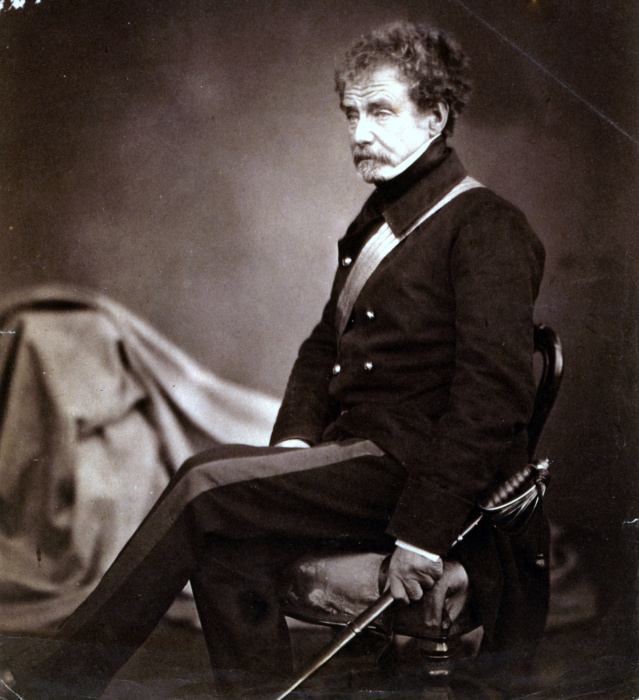
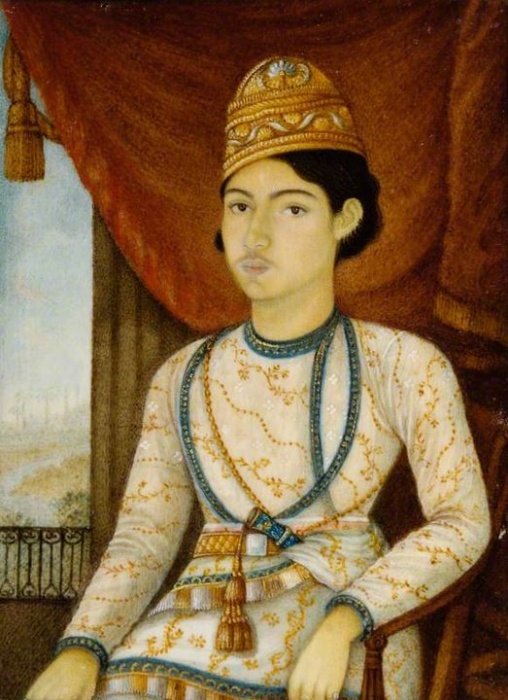
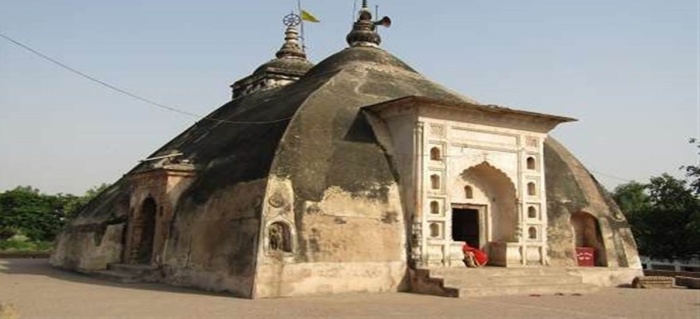
 Uttar Pradesh Chairman of IATO and FICCI’s Tourism Committee, Prateek Hira, said the tourism industry was once again sidelined in the Union budget as no direct benefit was passed on to it, in spite of the fact that this was the most ailing of all sectors due to the pandemic.
Uttar Pradesh Chairman of IATO and FICCI’s Tourism Committee, Prateek Hira, said the tourism industry was once again sidelined in the Union budget as no direct benefit was passed on to it, in spite of the fact that this was the most ailing of all sectors due to the pandemic. In the past decade, India has evolved as a tourism destination and the transformation continues in the form of luxury travel. Historical palaces, forts and boutique hotels in the country are full of stories and offer unique experience for guests, and adding to this is the luxury travel.
In the past decade, India has evolved as a tourism destination and the transformation continues in the form of luxury travel. Historical palaces, forts and boutique hotels in the country are full of stories and offer unique experience for guests, and adding to this is the luxury travel.
 People have learnt to spend on holidays much more and make it a part of their annual budget, which is encouraging for the industry. Prateek Hira, IATO Chapter Chairman, Uttar Pradesh; President & CEO, Tornos and Director, River Rhapsody said, “Indian travellers who were till now spending large amounts only on their foreign travel (outbound) have learnt to spend similarly large amounts within India too, thus domestic travel is no more a budget travel business. I foresee this trend growing further in 2022. This will make our travel economy more stable, self-reliant and also attract a lot of high-end travel businesses in the domestic travel segment”.
People have learnt to spend on holidays much more and make it a part of their annual budget, which is encouraging for the industry. Prateek Hira, IATO Chapter Chairman, Uttar Pradesh; President & CEO, Tornos and Director, River Rhapsody said, “Indian travellers who were till now spending large amounts only on their foreign travel (outbound) have learnt to spend similarly large amounts within India too, thus domestic travel is no more a budget travel business. I foresee this trend growing further in 2022. This will make our travel economy more stable, self-reliant and also attract a lot of high-end travel businesses in the domestic travel segment”.
 “The kind of work that has been done to develop Uttar Pradesh as a tourist destination is commendable. The biggest example is Kashi Vishwanath Dham. Earlier, excuses were made that not much can be done for the uplift of Kashi Vishwanath temple as there were hygiene issues in the narrow lanes leading to the temple. The construction of Kashi Vishwanath Dham has proved that nothing is impossible,” said chairman, tourism committee, FICCI UP state council, Prateek Hira.
“The kind of work that has been done to develop Uttar Pradesh as a tourist destination is commendable. The biggest example is Kashi Vishwanath Dham. Earlier, excuses were made that not much can be done for the uplift of Kashi Vishwanath temple as there were hygiene issues in the narrow lanes leading to the temple. The construction of Kashi Vishwanath Dham has proved that nothing is impossible,” said chairman, tourism committee, FICCI UP state council, Prateek Hira.


 The UP State Council of FICCI organised a programme to host minister counsellor (commercial affairs), royal Thai embassy, and hold an extensive discussion on bilateral trade, export-import and Indo-Thailand business opportunity.
The UP State Council of FICCI organised a programme to host minister counsellor (commercial affairs), royal Thai embassy, and hold an extensive discussion on bilateral trade, export-import and Indo-Thailand business opportunity.
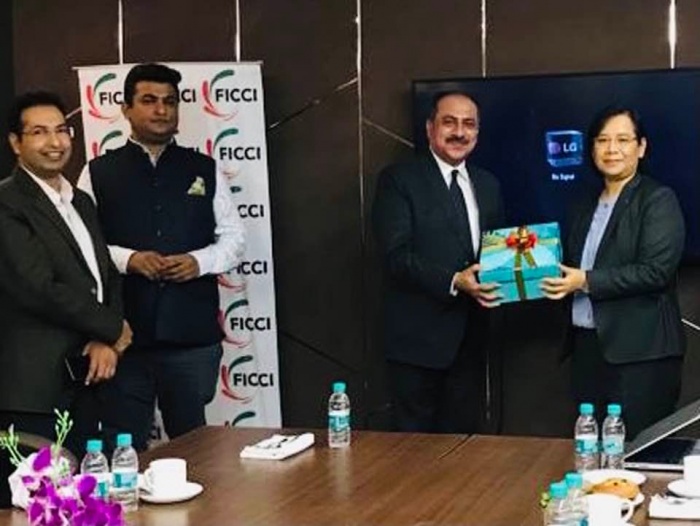




 This tour covers a heritage lane and explains the culture, people and lifestyle of Lucknow within just a span of 2 hrs. No heritage monuments are a part of this walk.
This tour covers a heritage lane and explains the culture, people and lifestyle of Lucknow within just a span of 2 hrs. No heritage monuments are a part of this walk. This is an exclusive special interest tour that operates every day, except Friday. Ideal time of starting would be 0800 hrs, though may be altered as per individual requirements, while expect to return to the hotel by 1700 / 1800 hrs.
This is an exclusive special interest tour that operates every day, except Friday. Ideal time of starting would be 0800 hrs, though may be altered as per individual requirements, while expect to return to the hotel by 1700 / 1800 hrs. Most enjoyable for British Travellers. Check schedule with us.
Most enjoyable for British Travellers. Check schedule with us. This tour covers Kaiserbagh, the erstwhile palace complex of Wajid Ali Shah, reconstructing it virtually and understanding the personality of the ruler. This walking tour ends at The Kotwara House over a cup of tea and cookies.
This tour covers Kaiserbagh, the erstwhile palace complex of Wajid Ali Shah, reconstructing it virtually and understanding the personality of the ruler. This walking tour ends at The Kotwara House over a cup of tea and cookies.
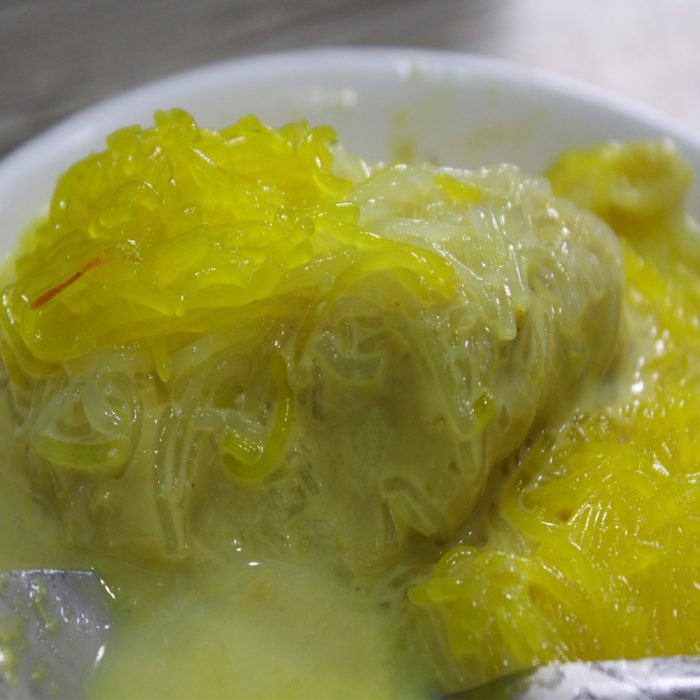 You got to be a foodie to appreciate this walking tour. This tour is essentially for vegetarians and takes you to the most authentic eateries that actually invented/mastered the dishes more that 150 years ago.
You got to be a foodie to appreciate this walking tour. This tour is essentially for vegetarians and takes you to the most authentic eateries that actually invented/mastered the dishes more that 150 years ago.
